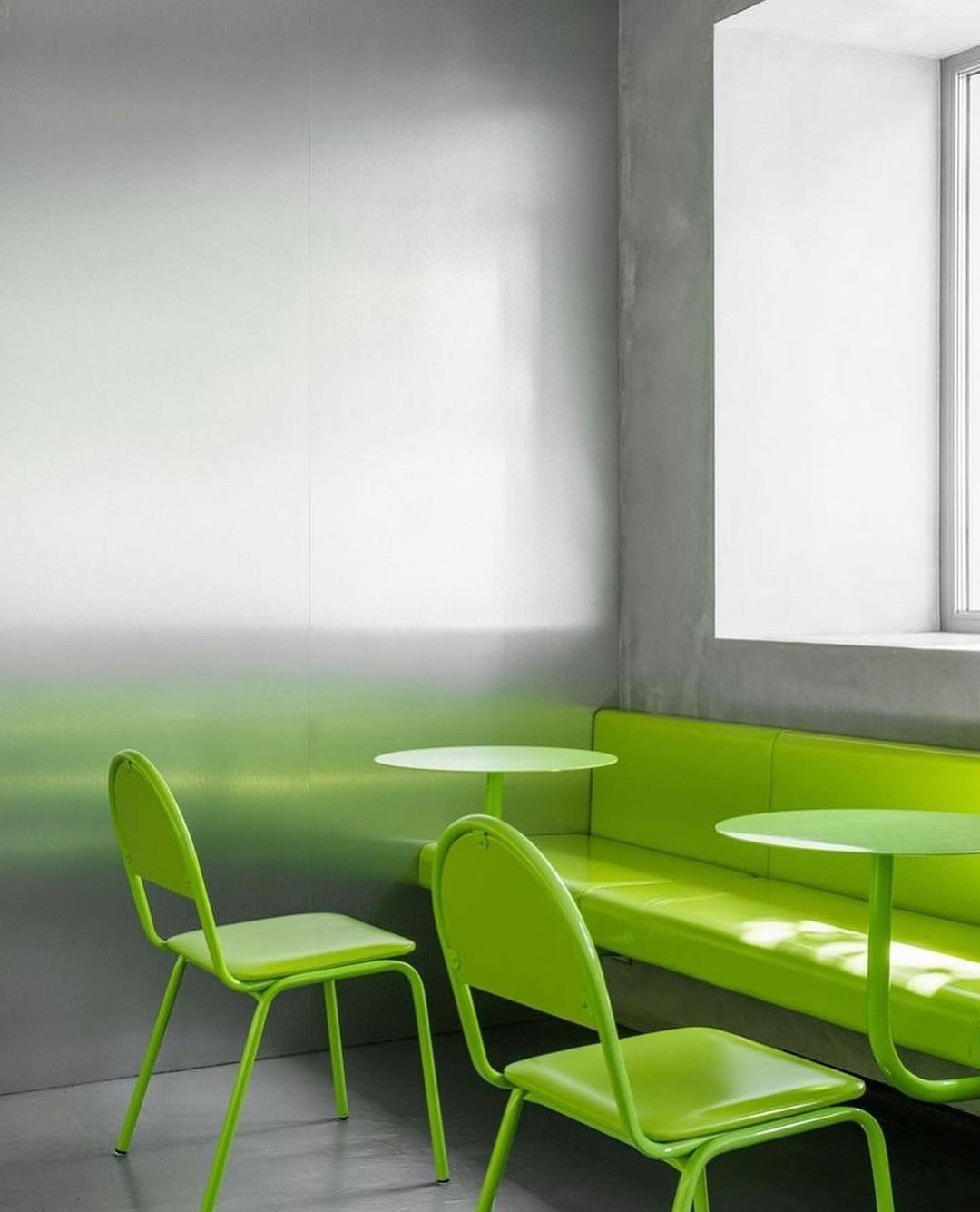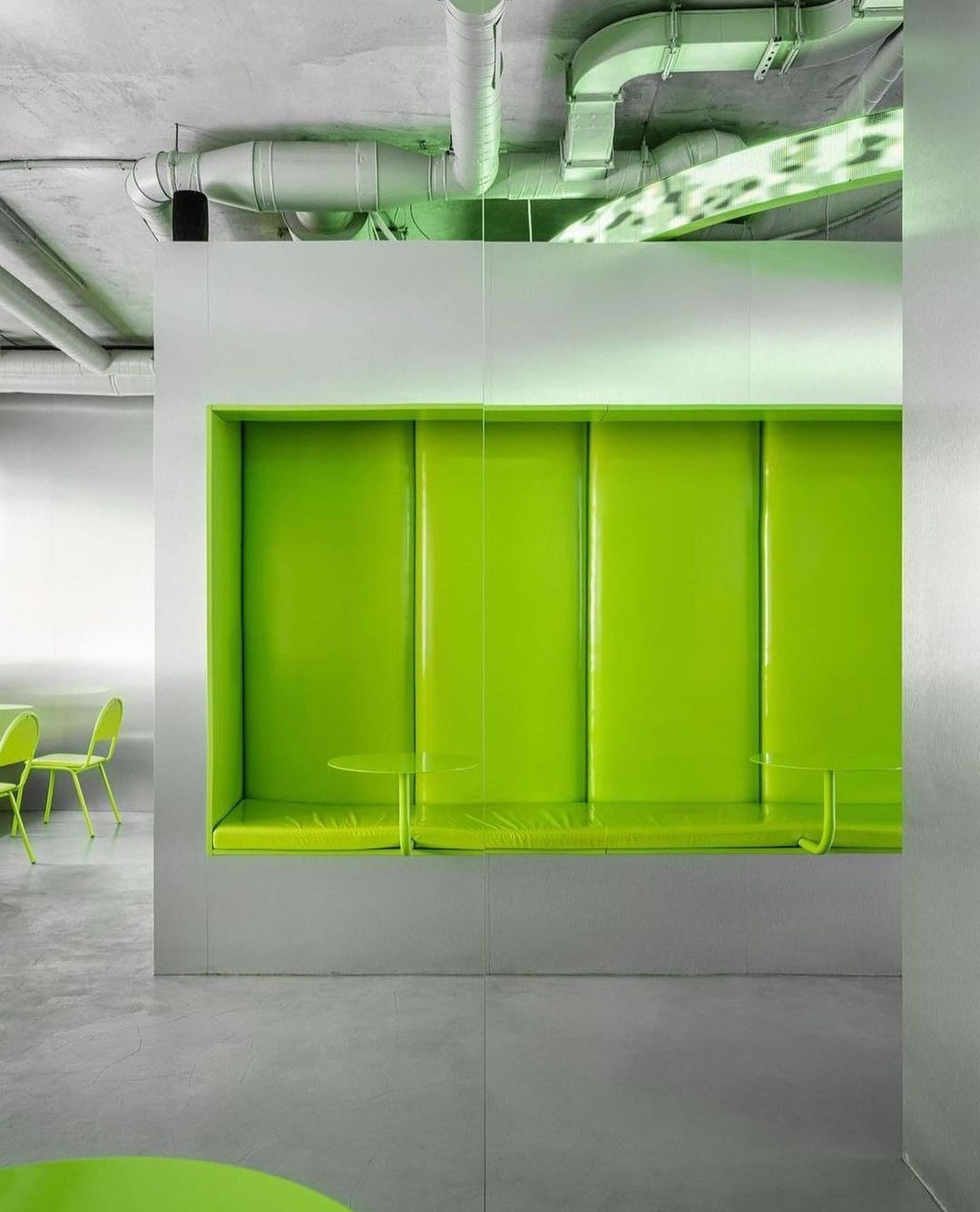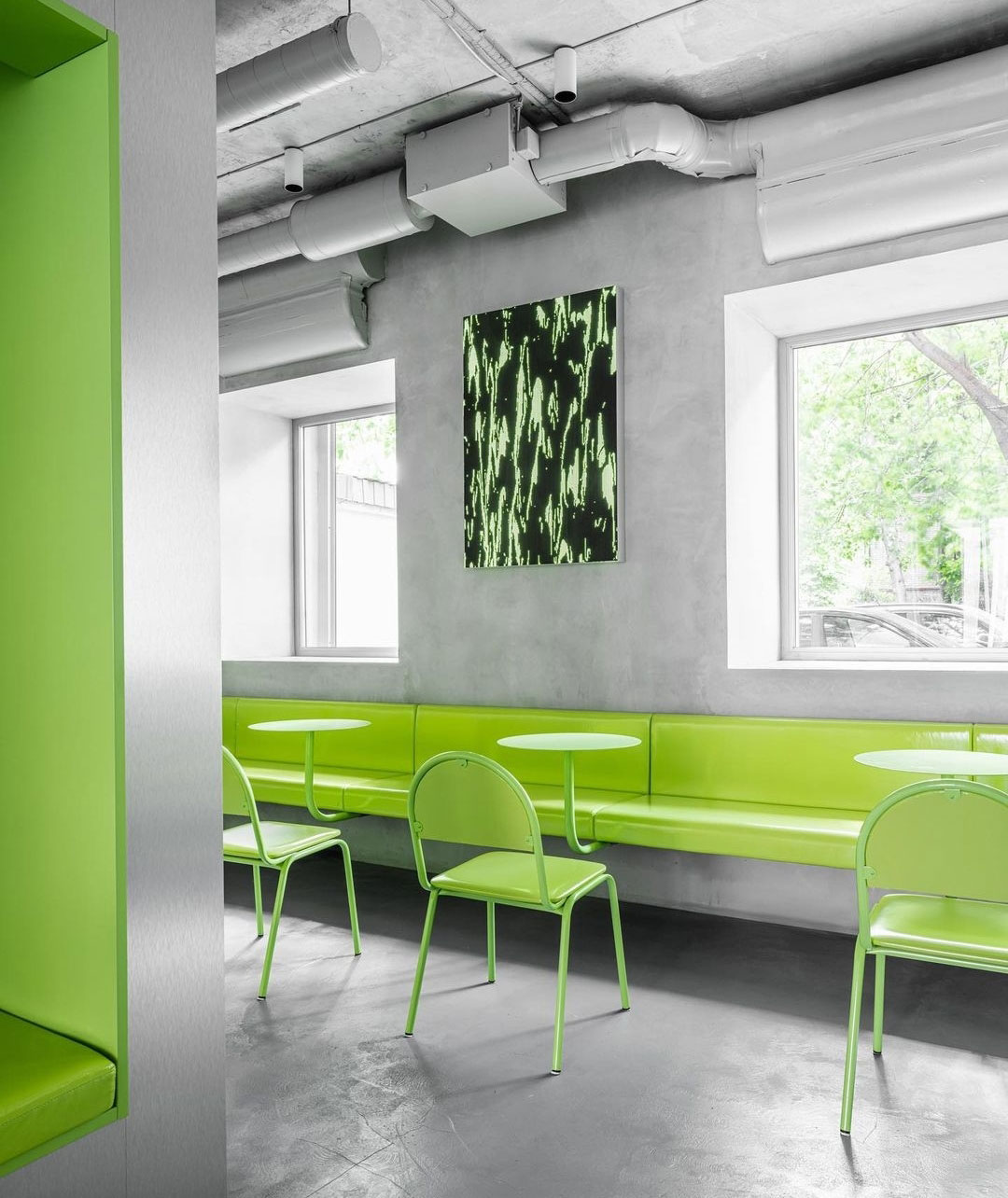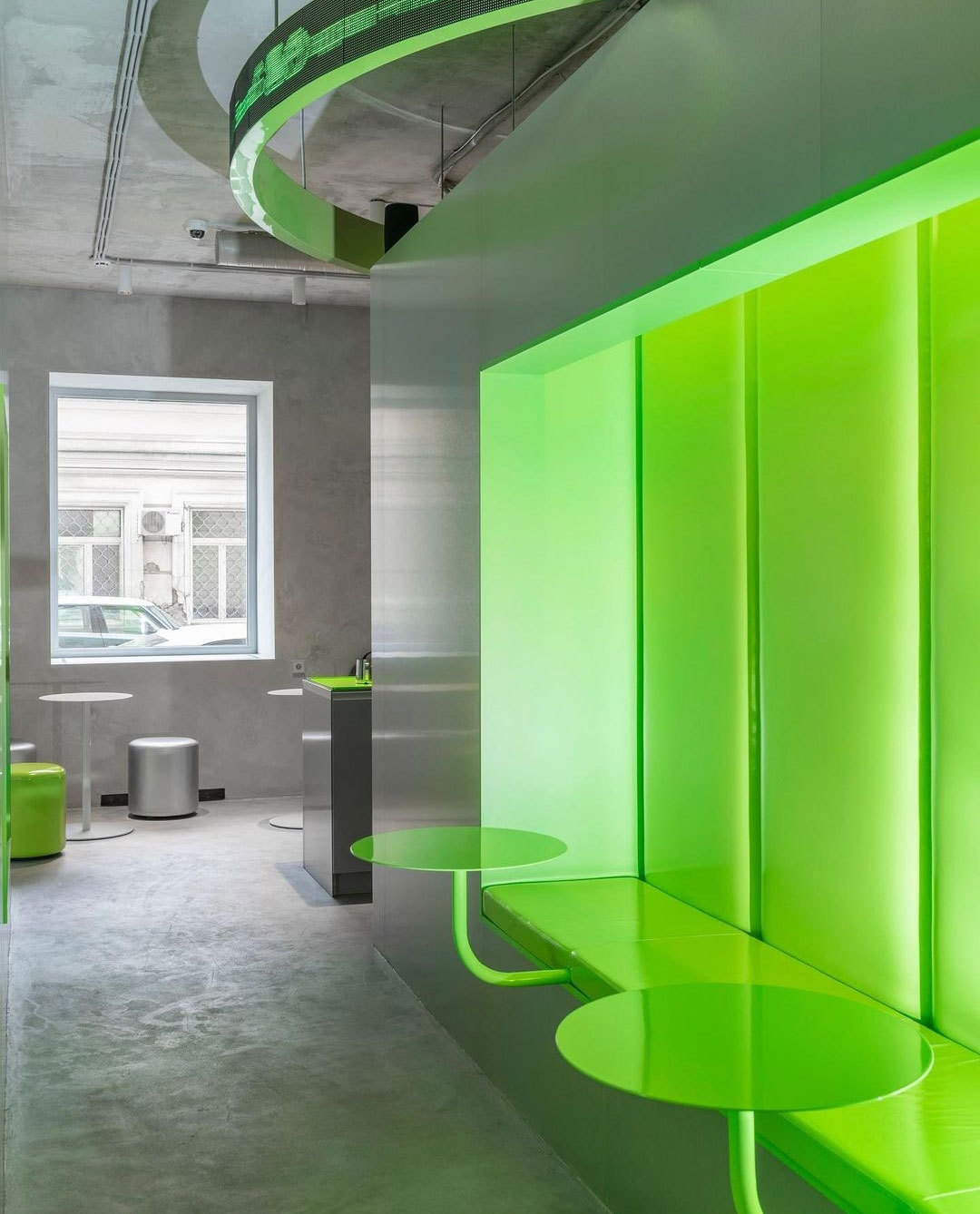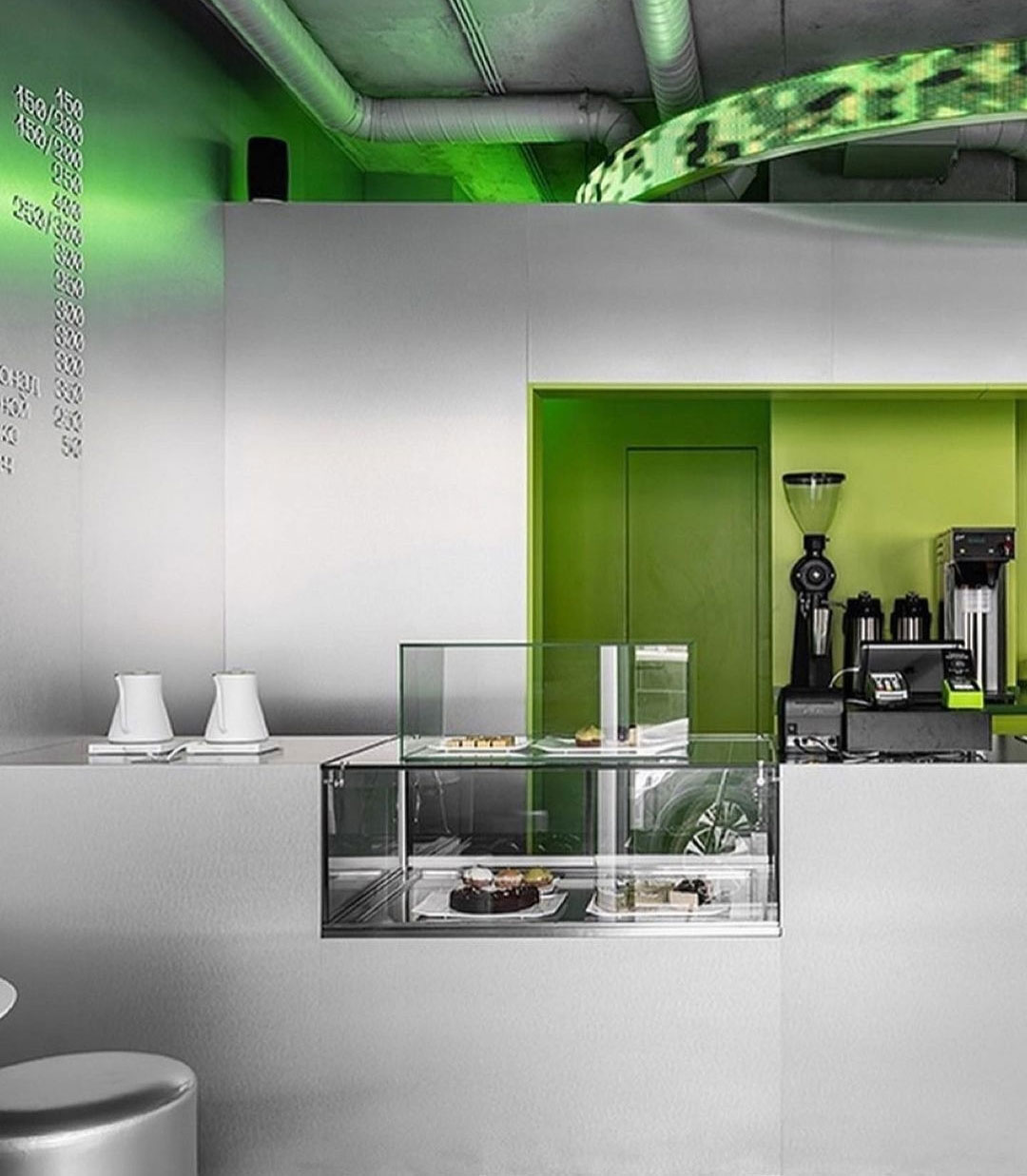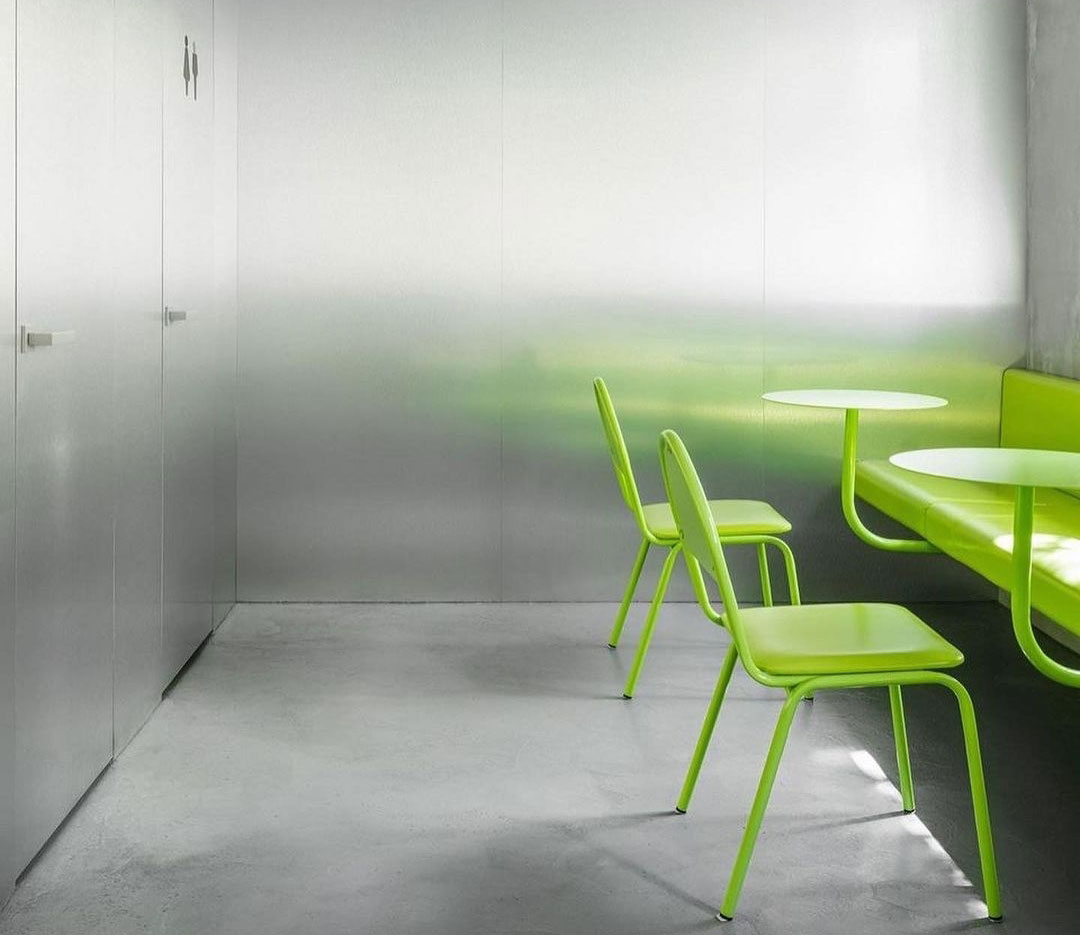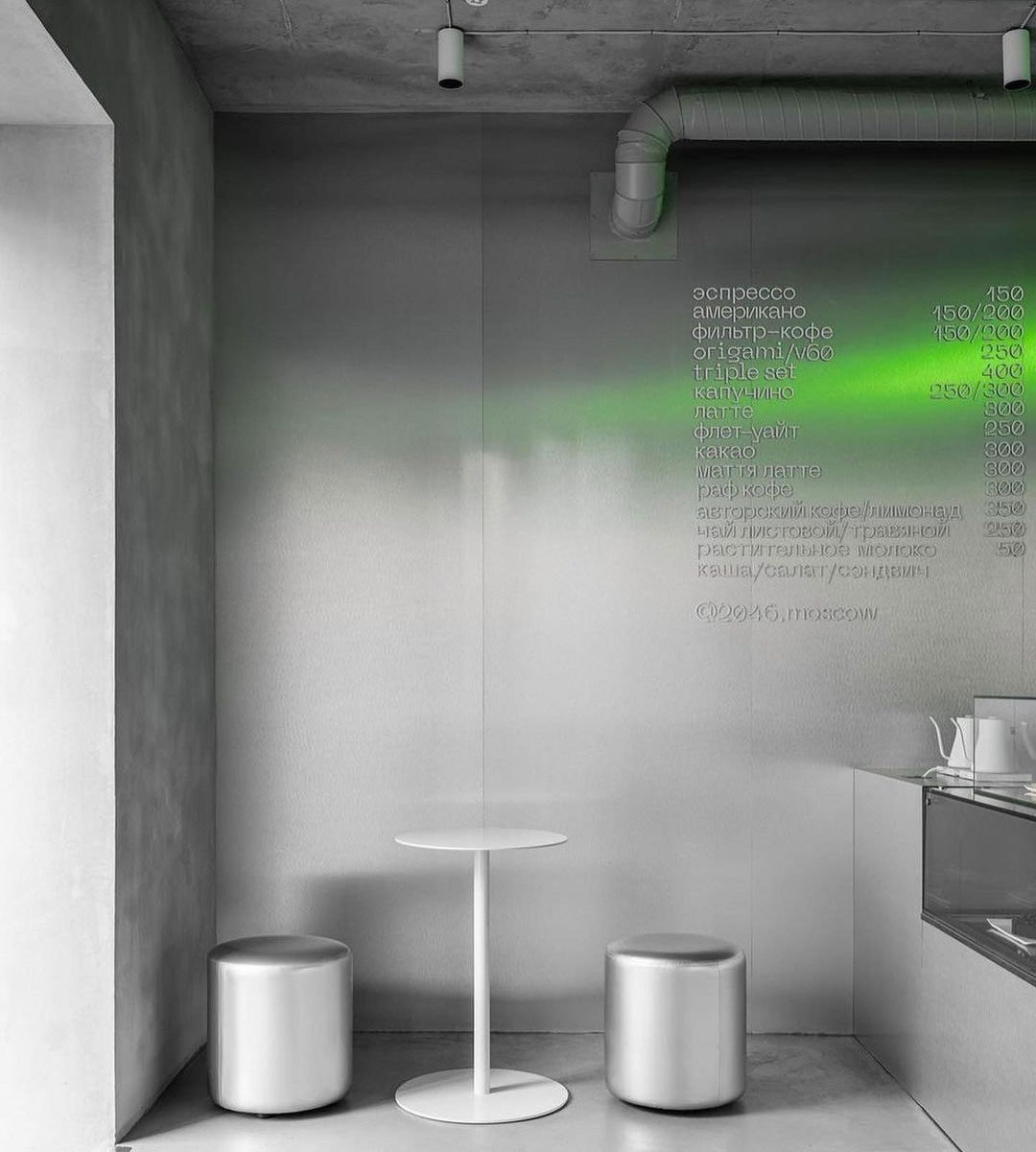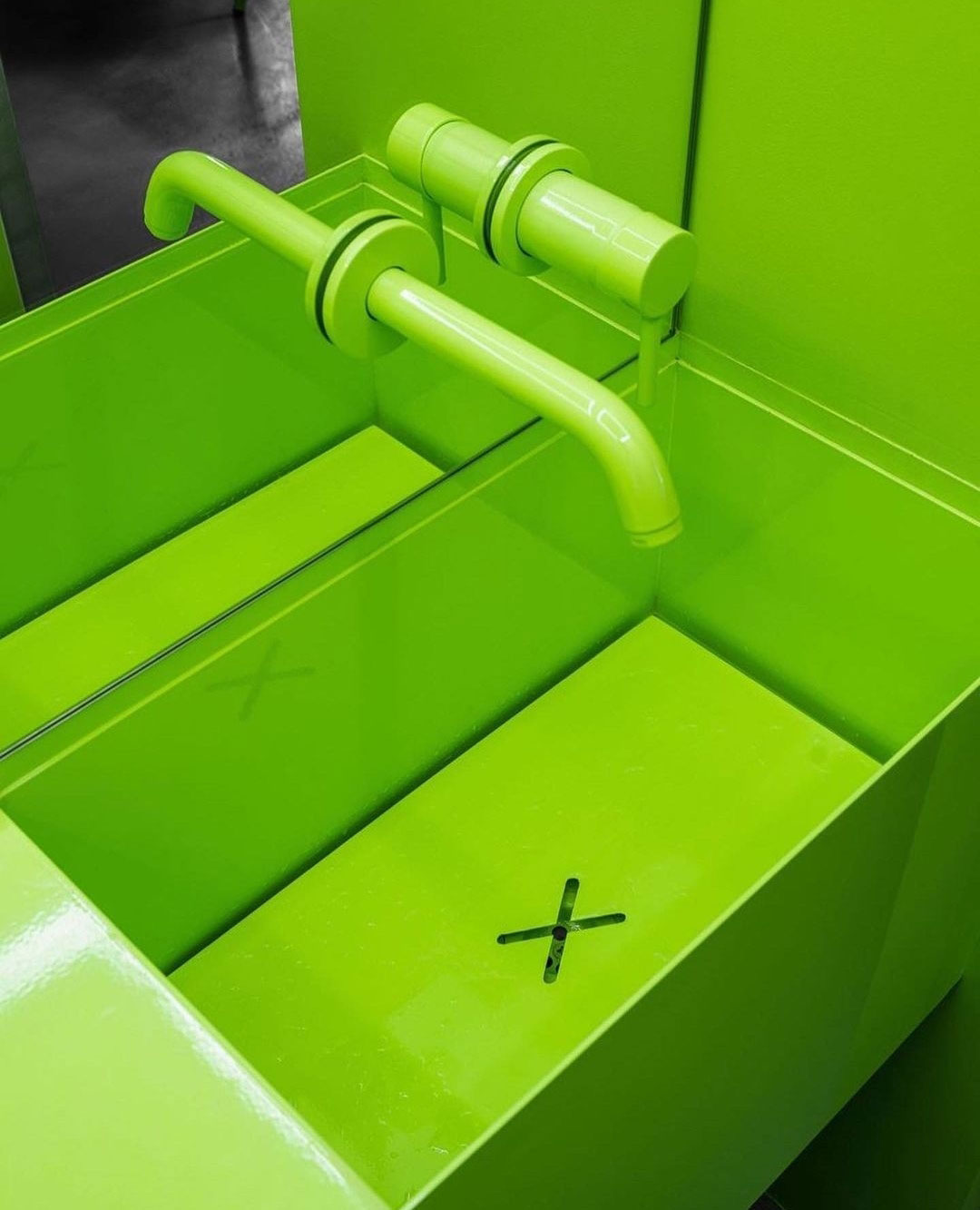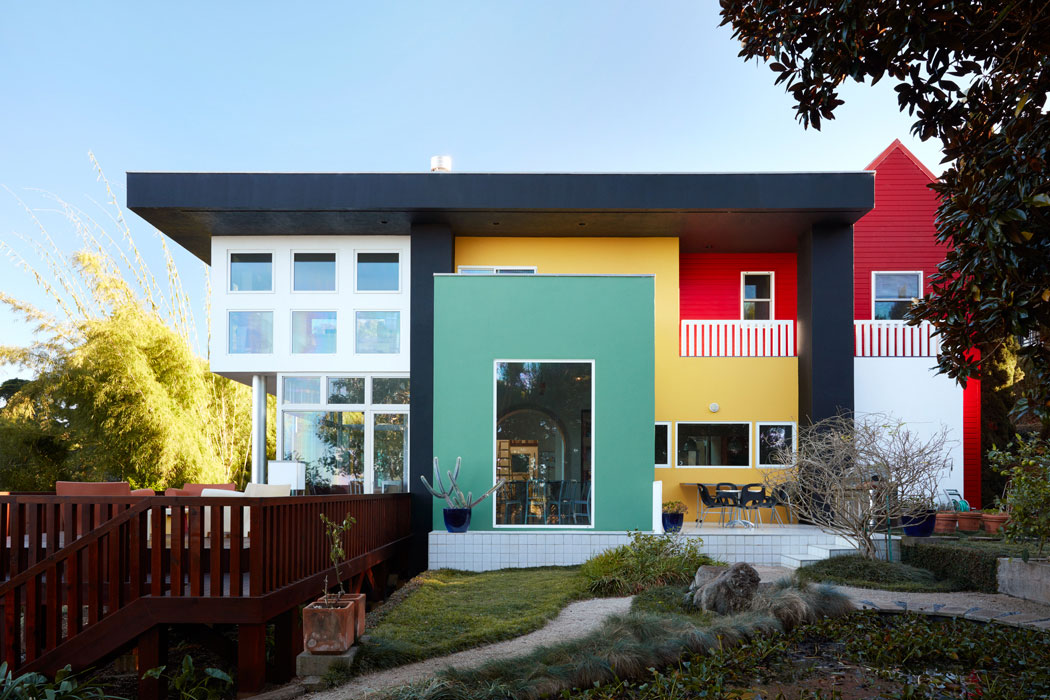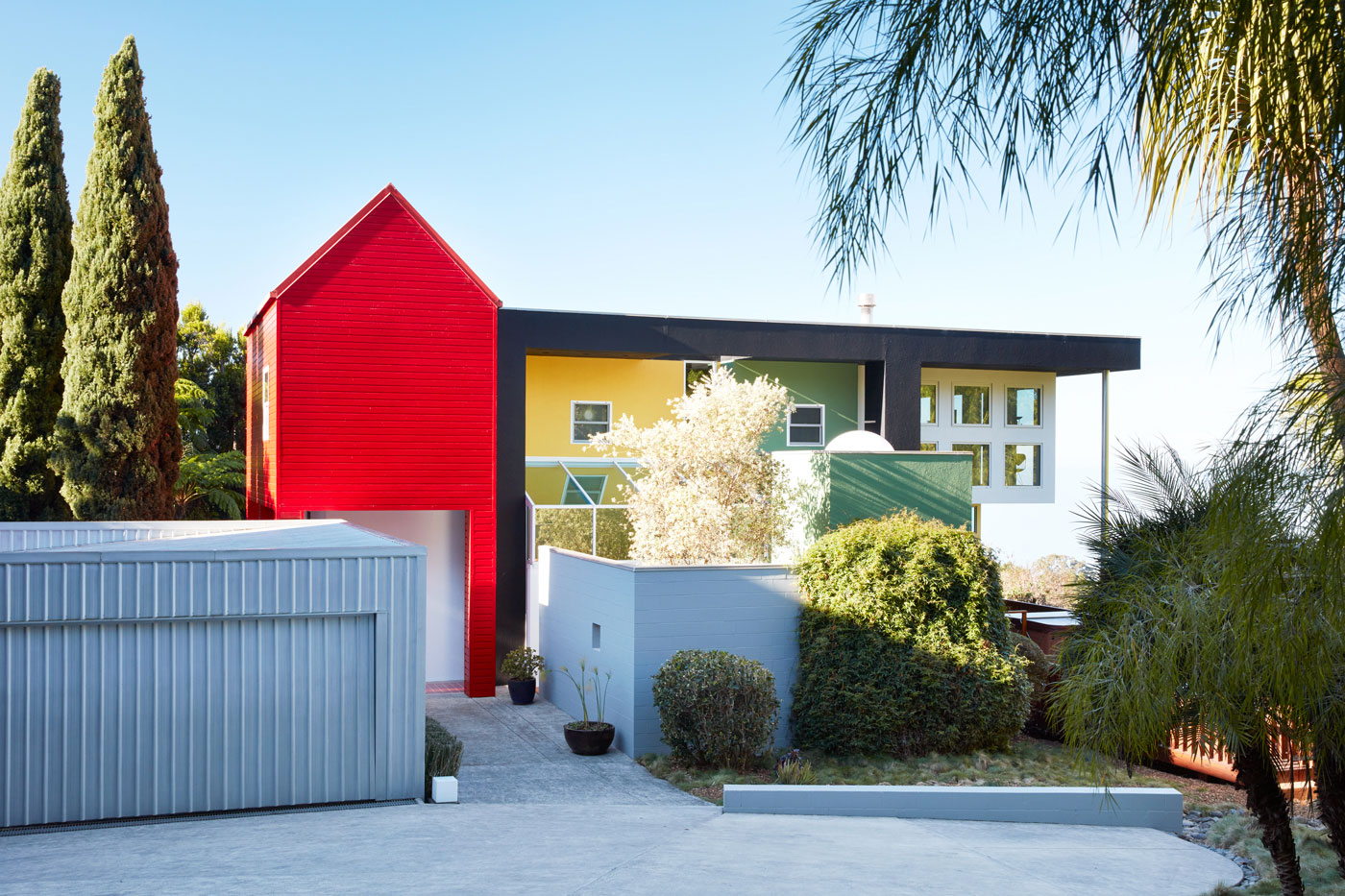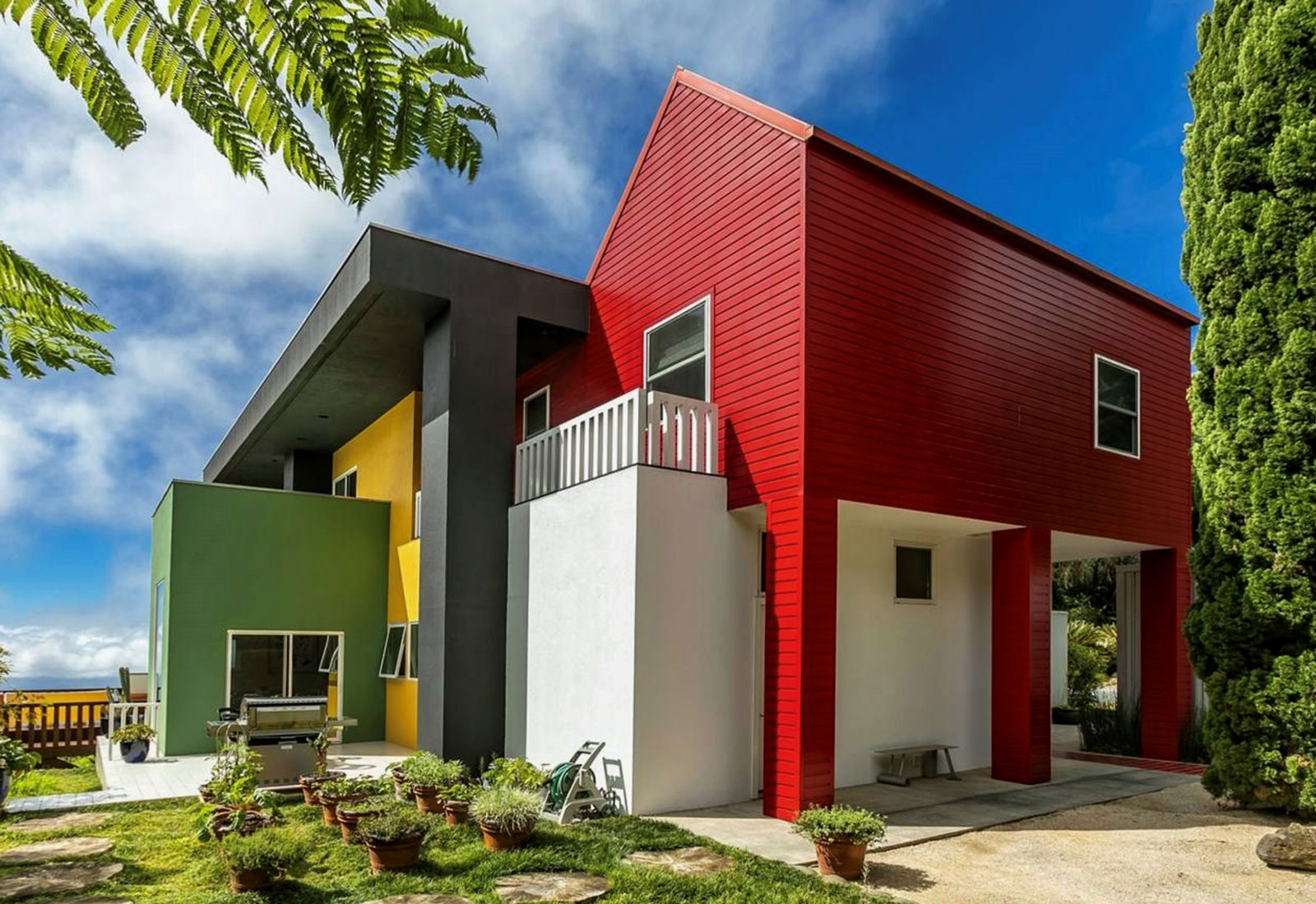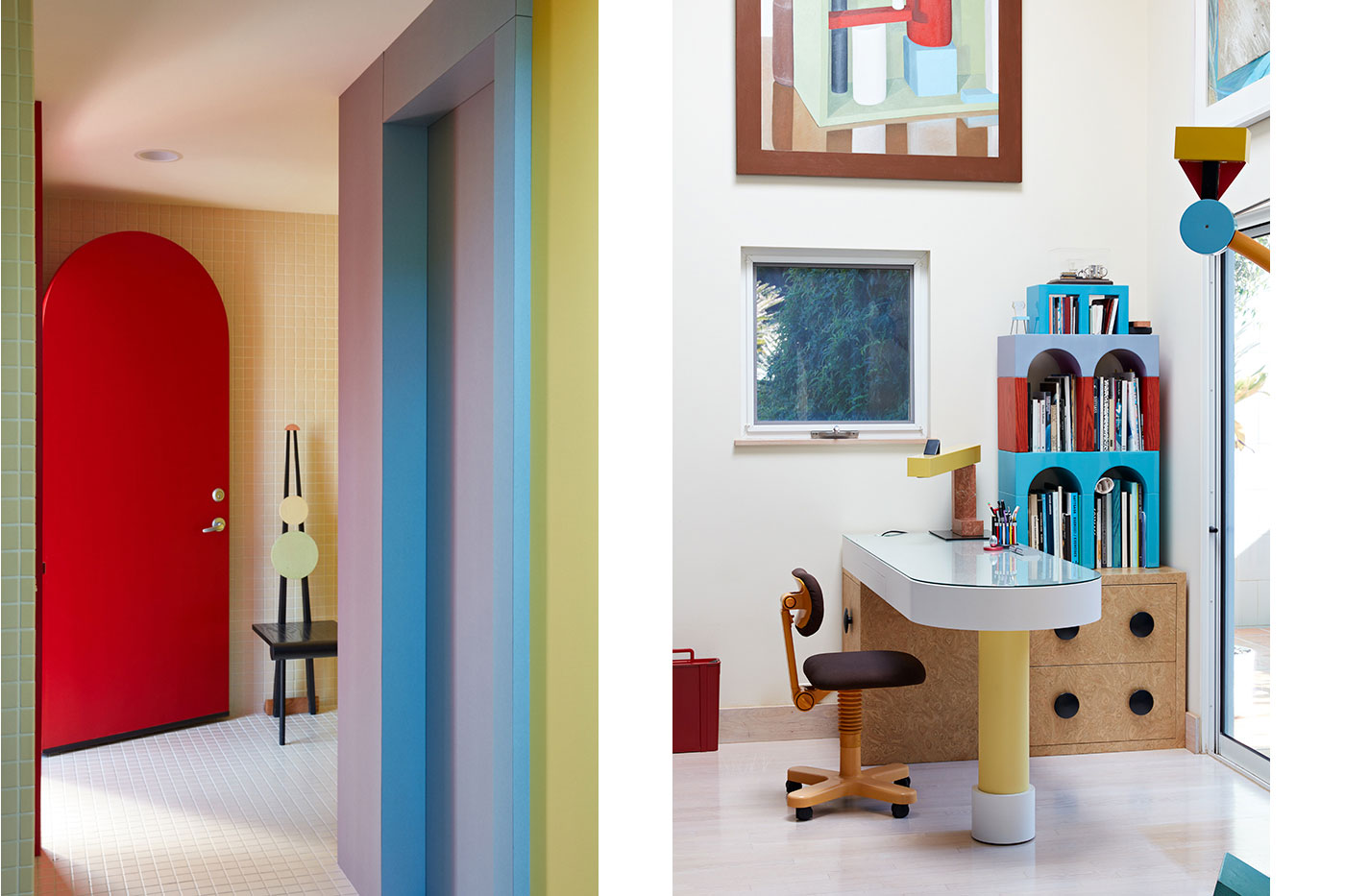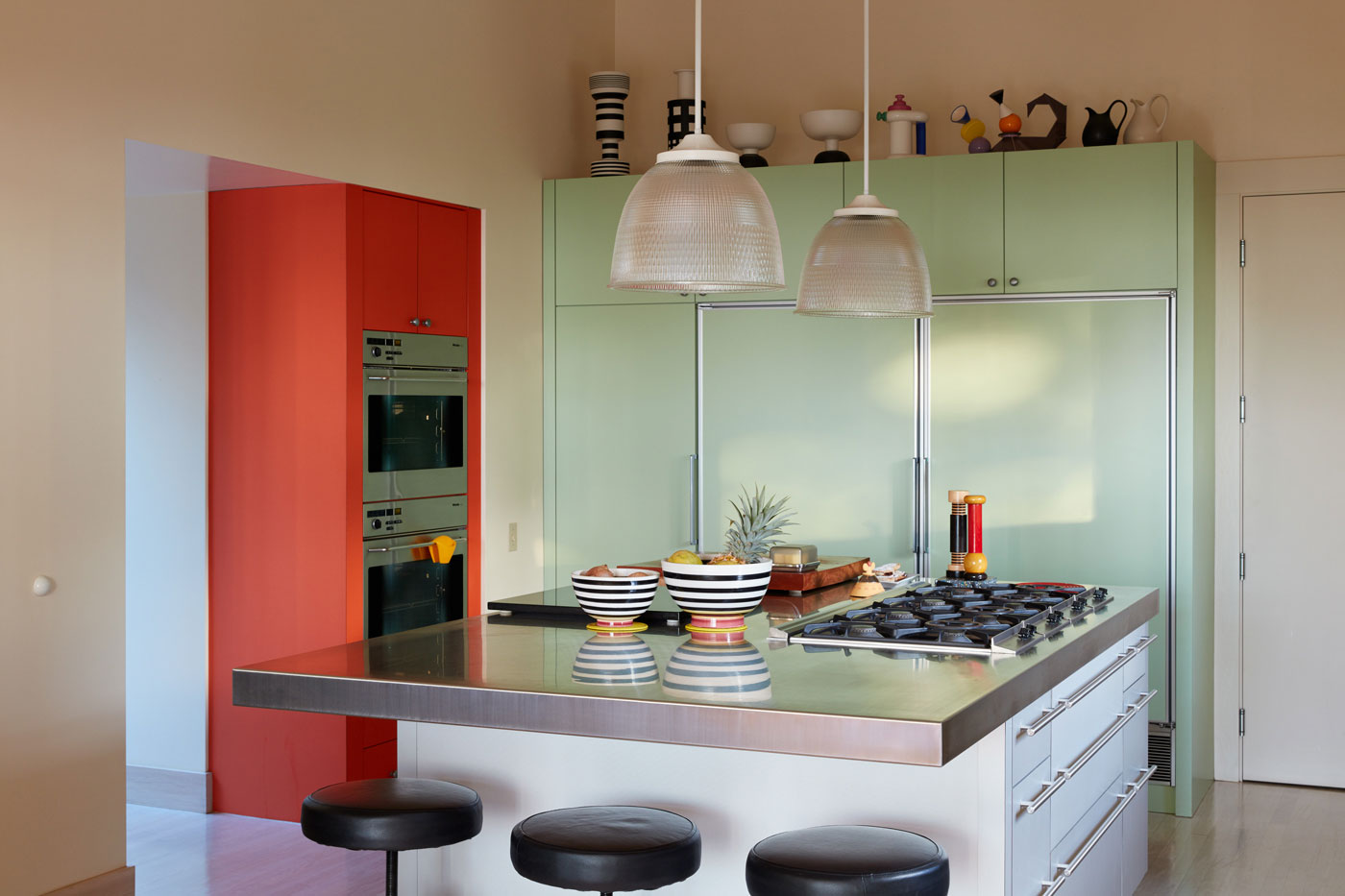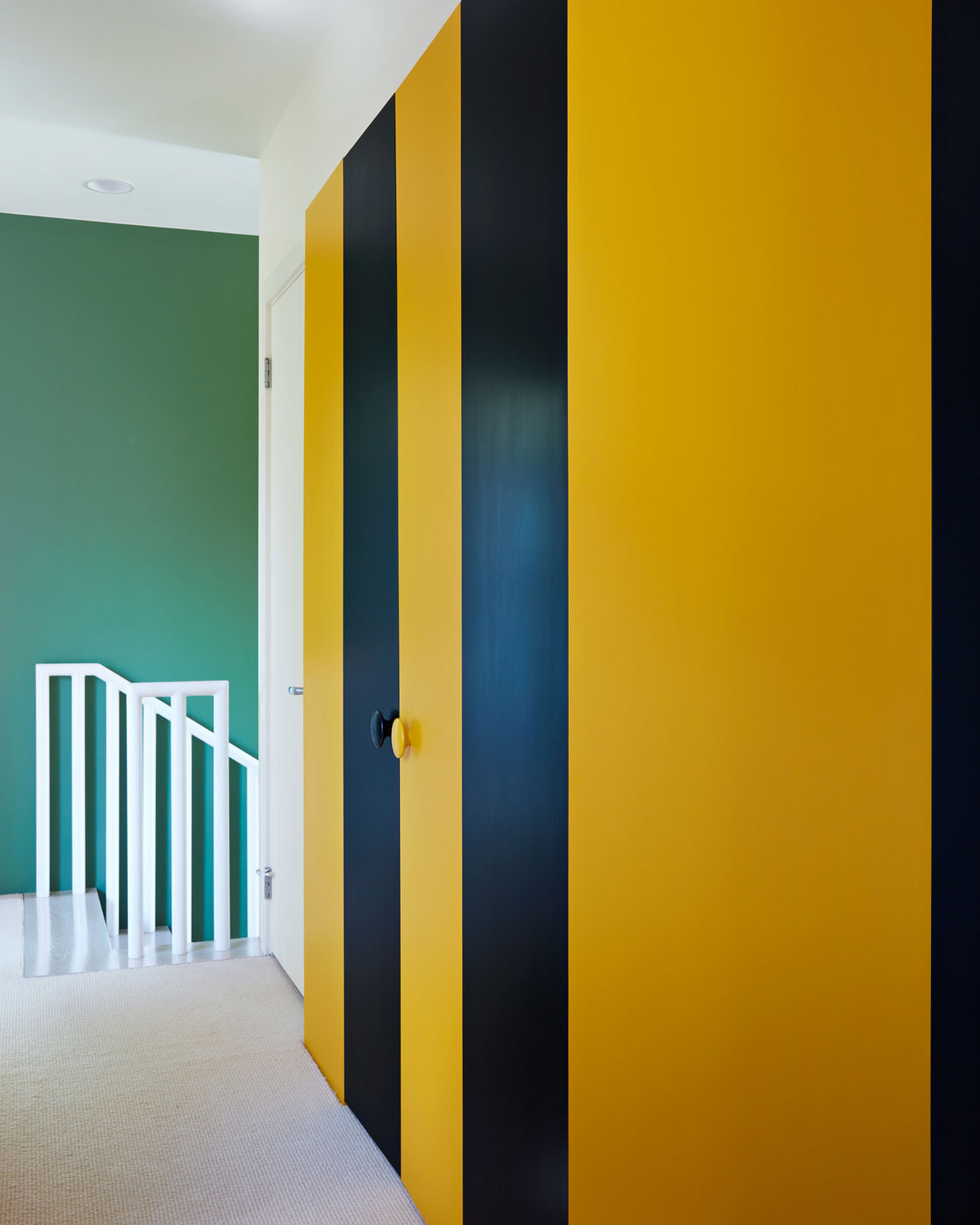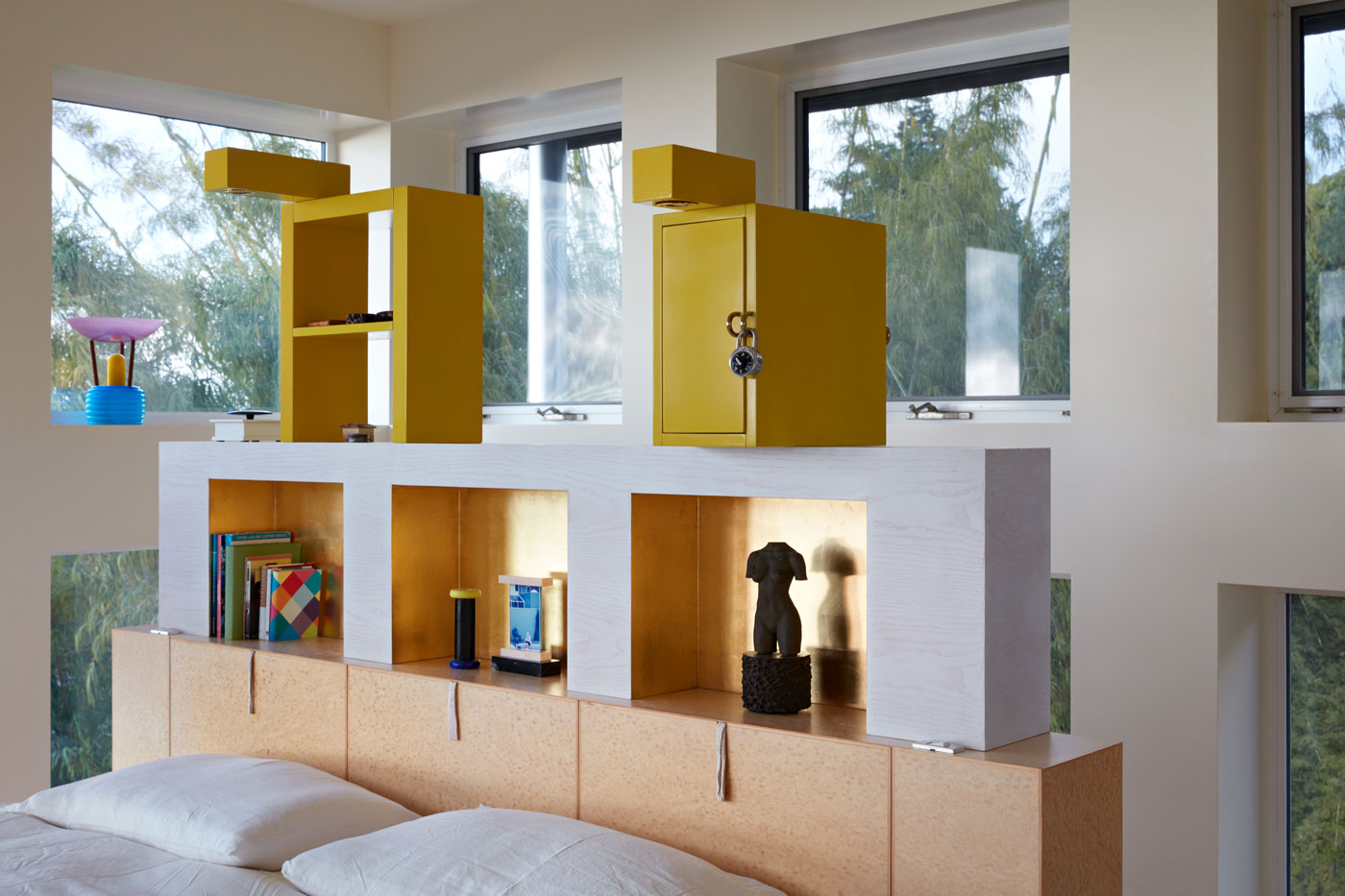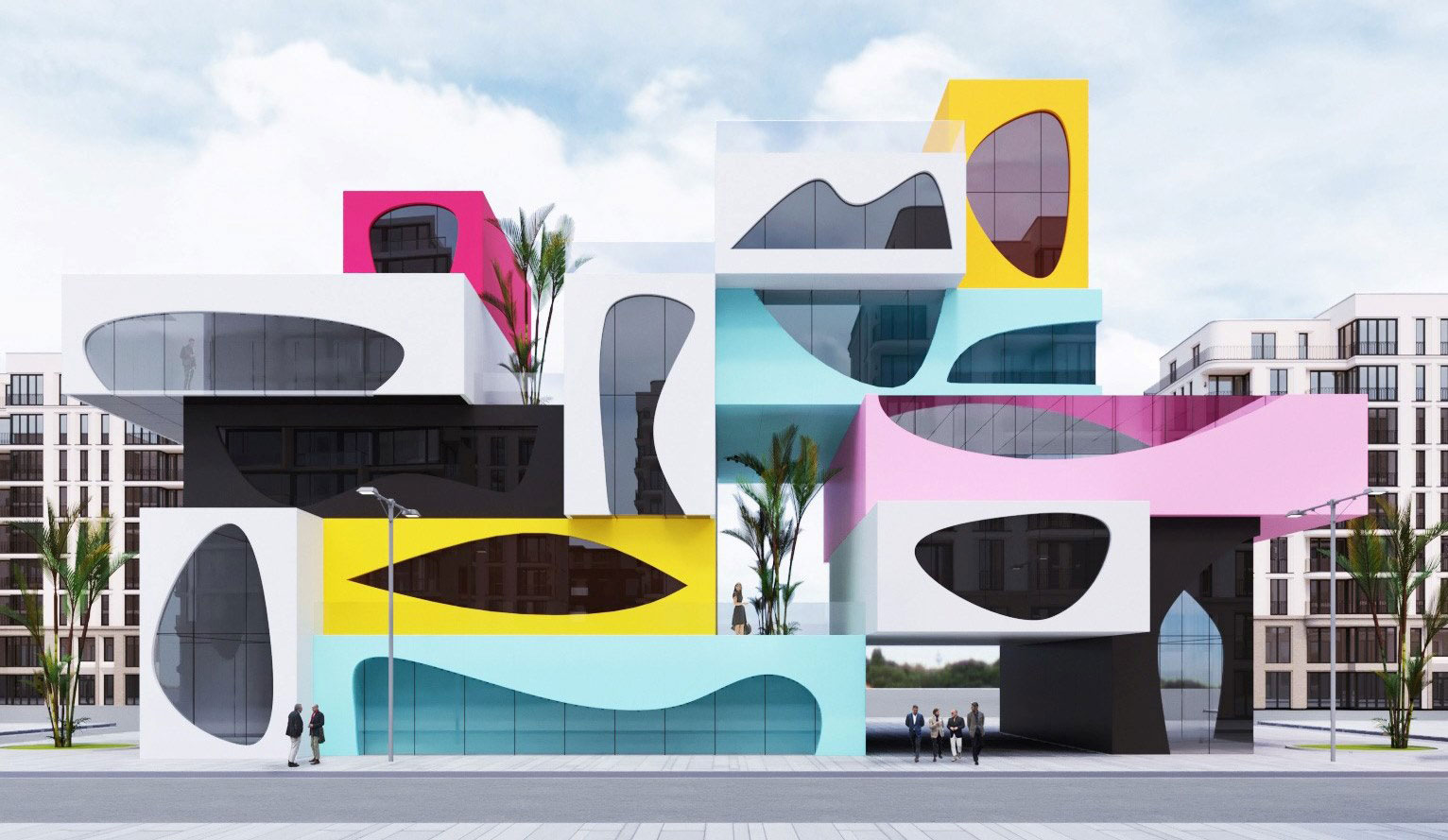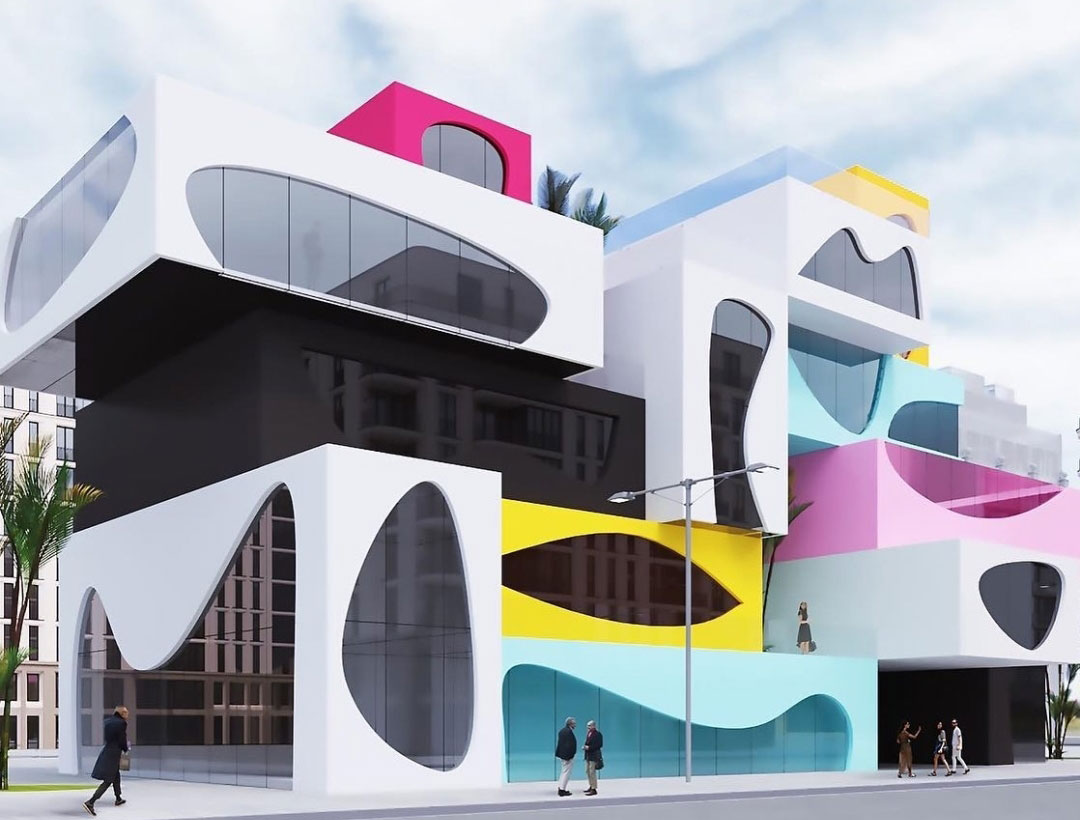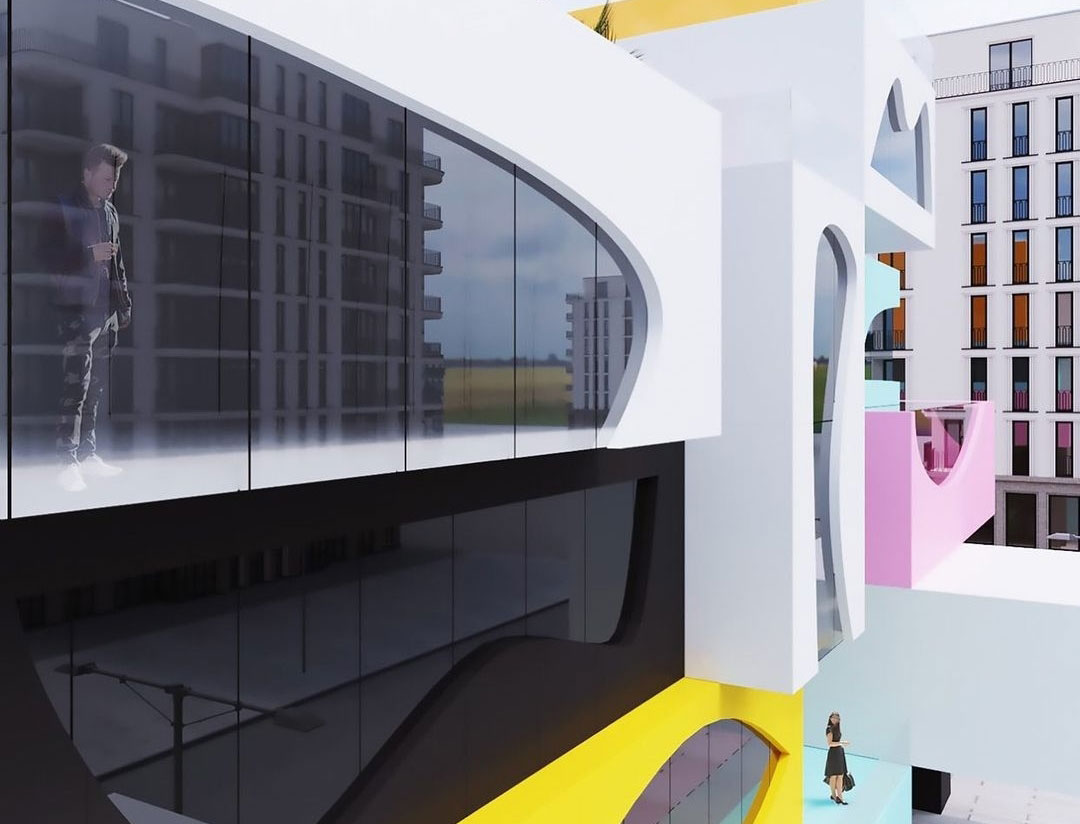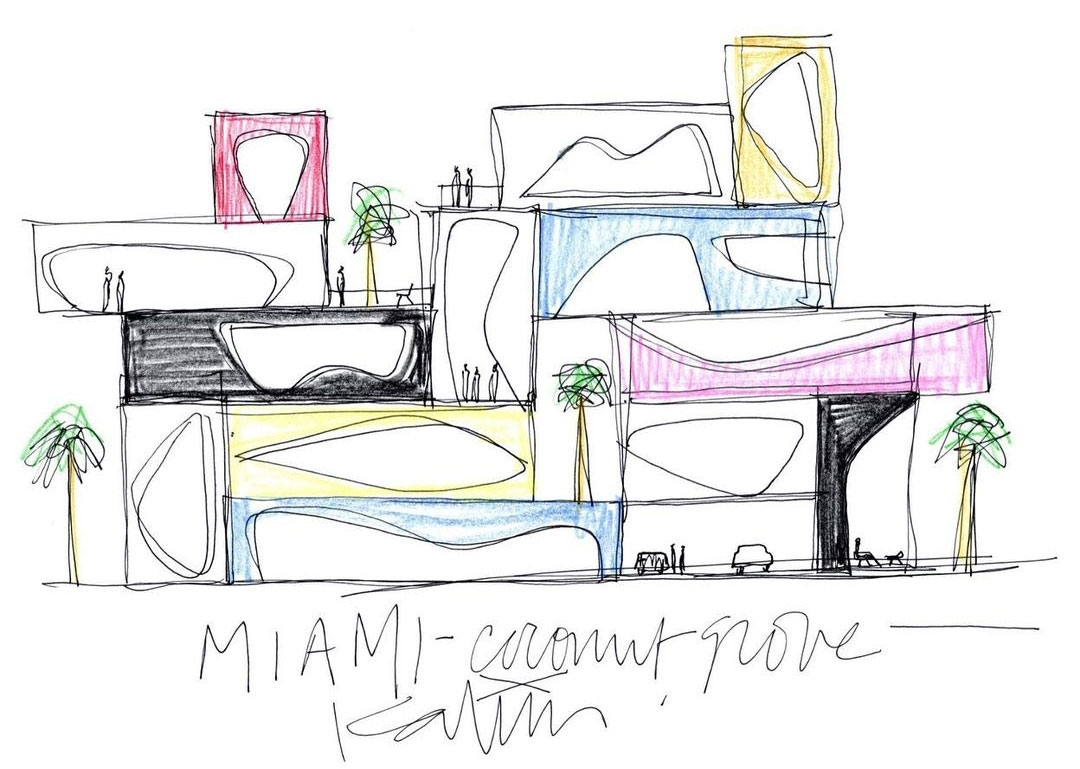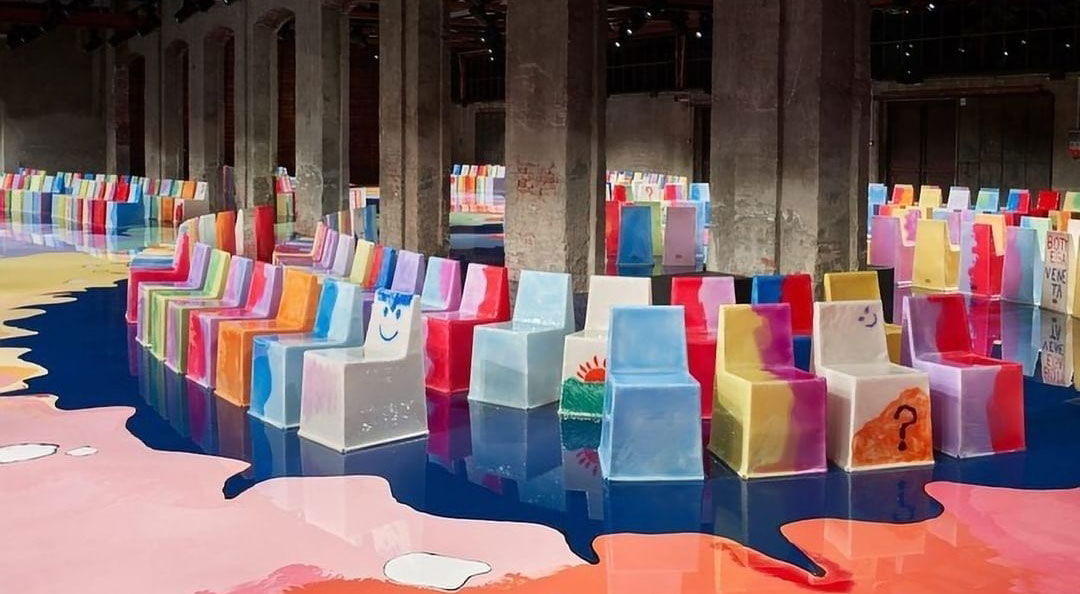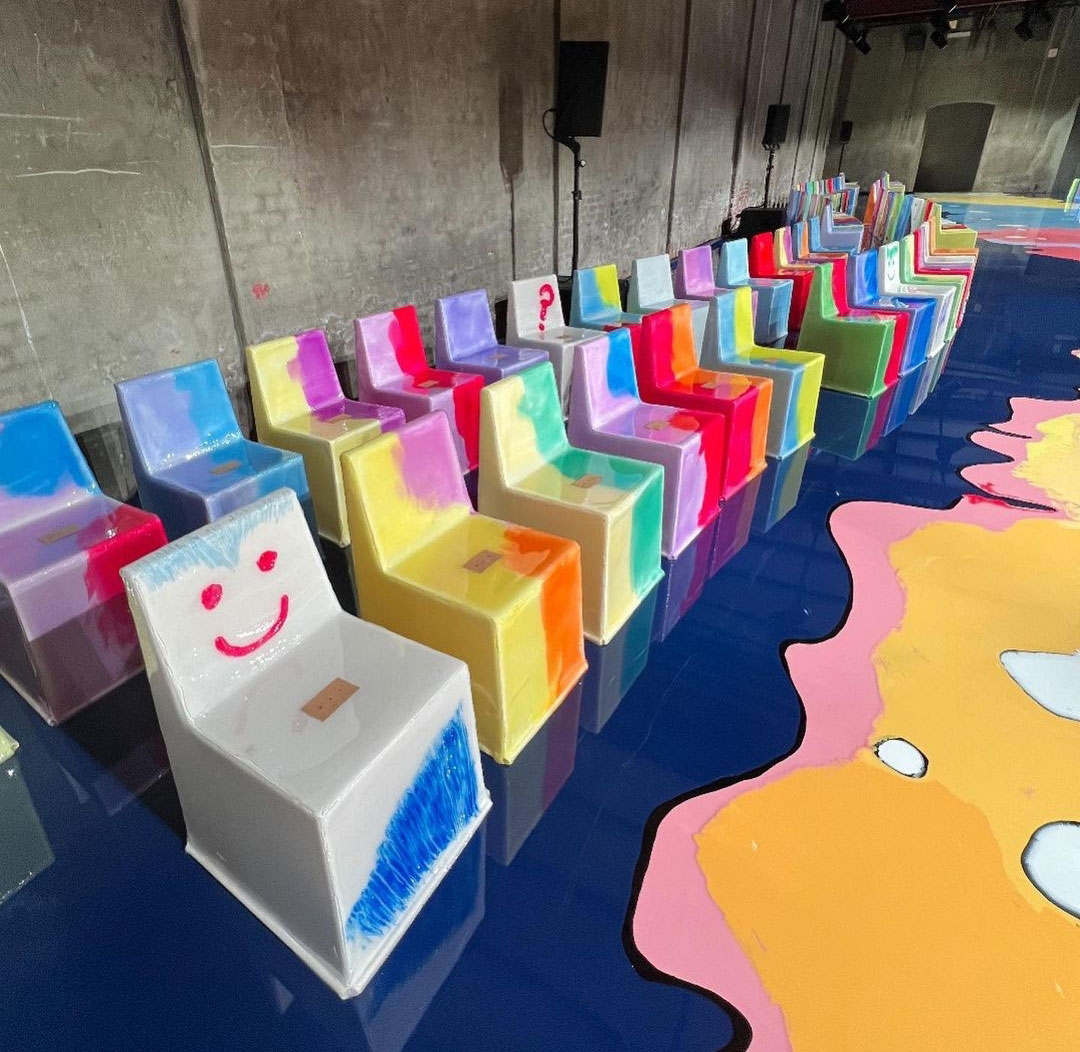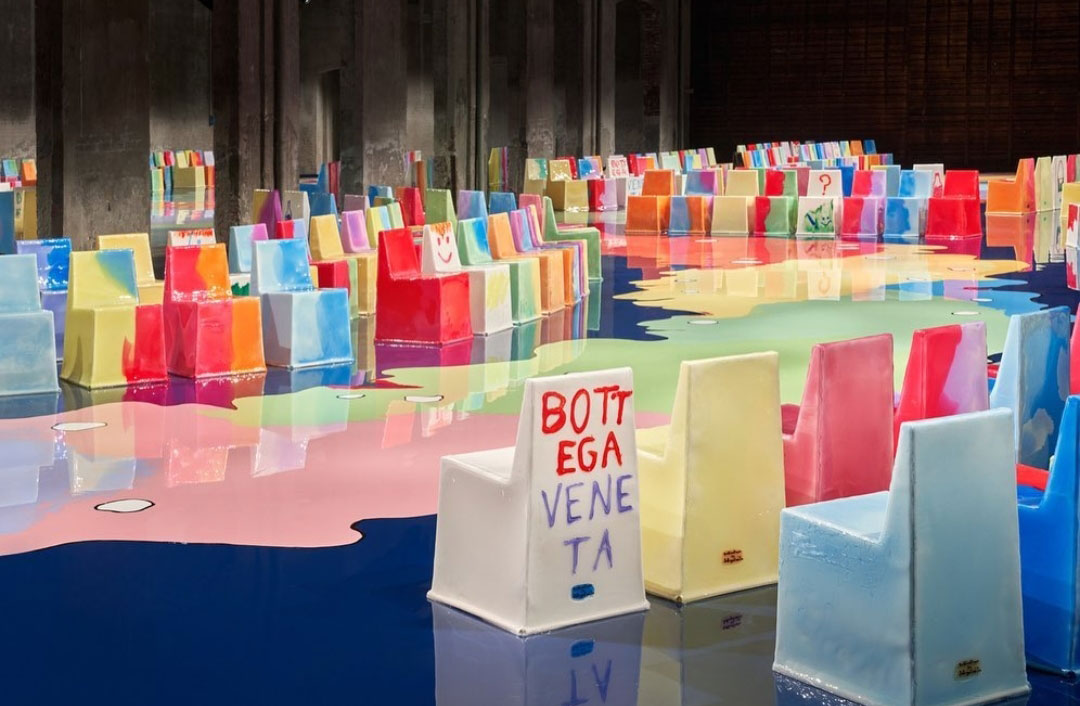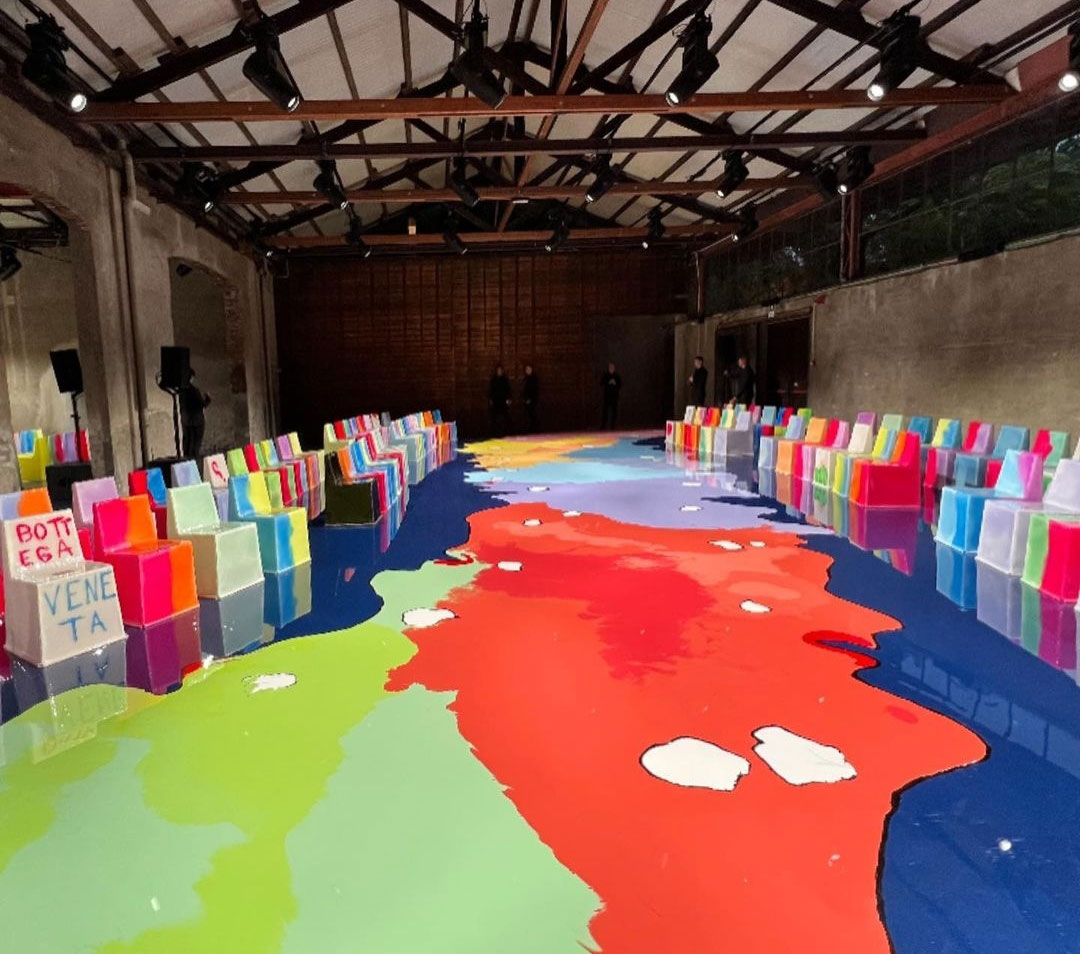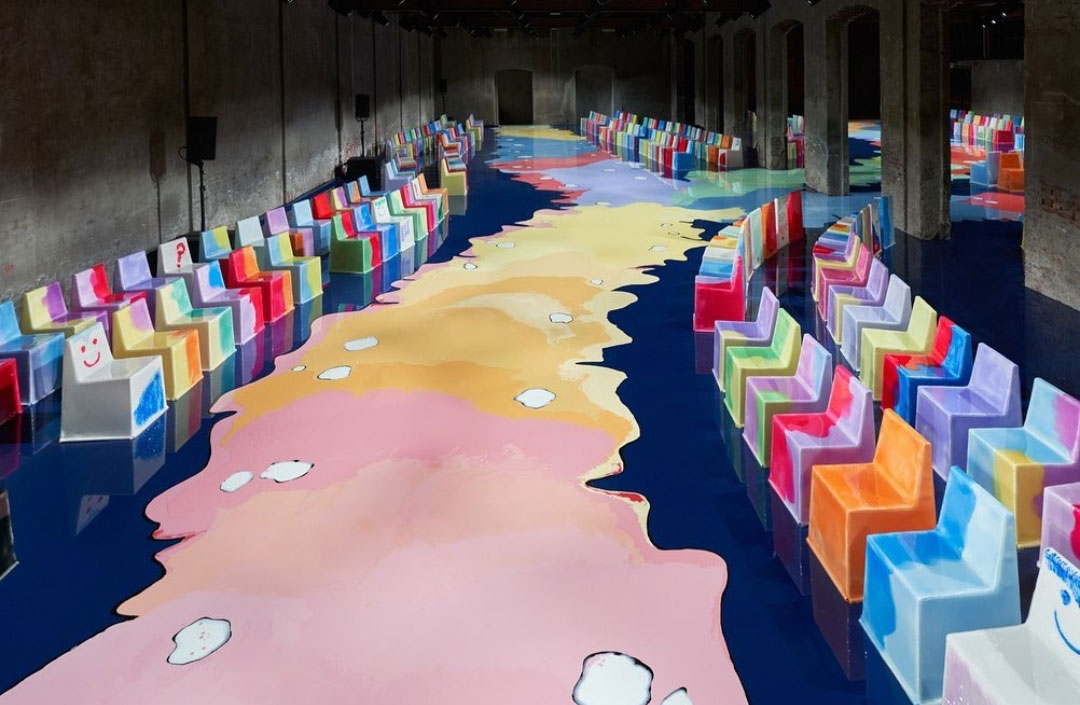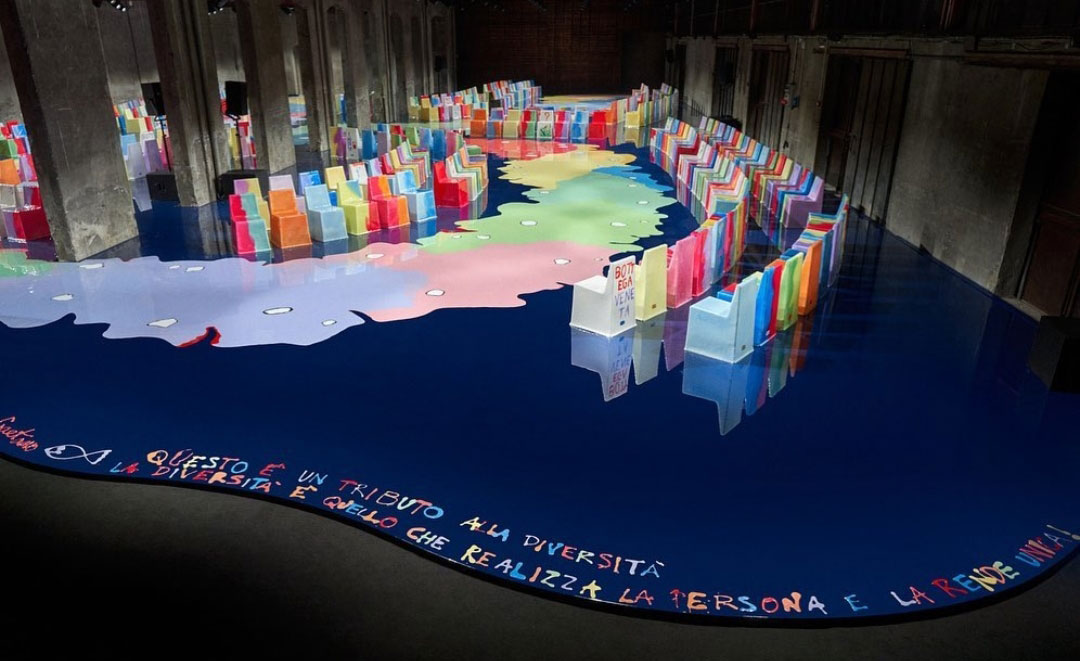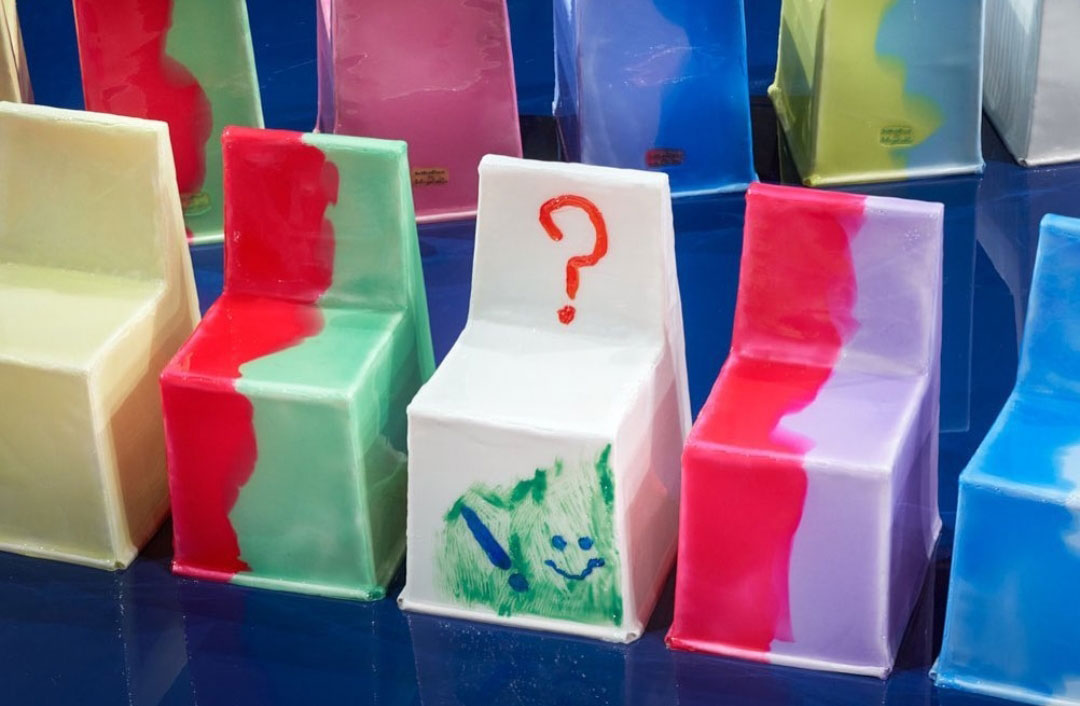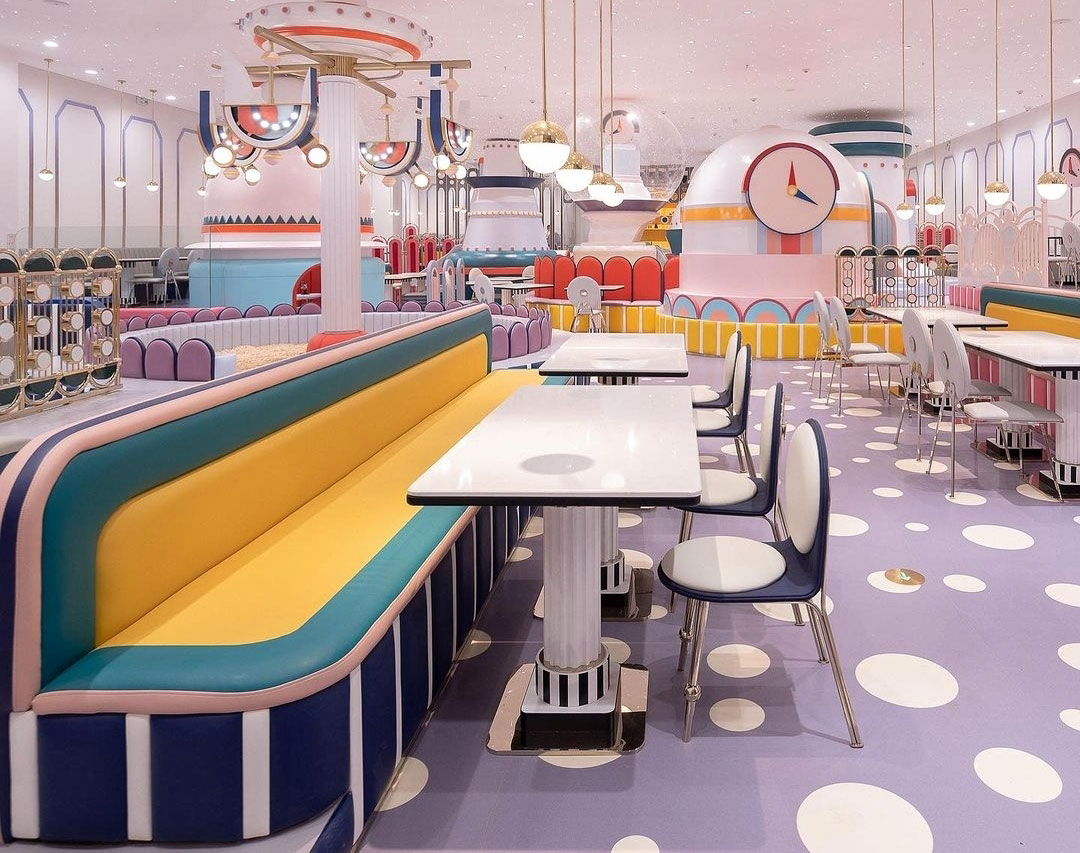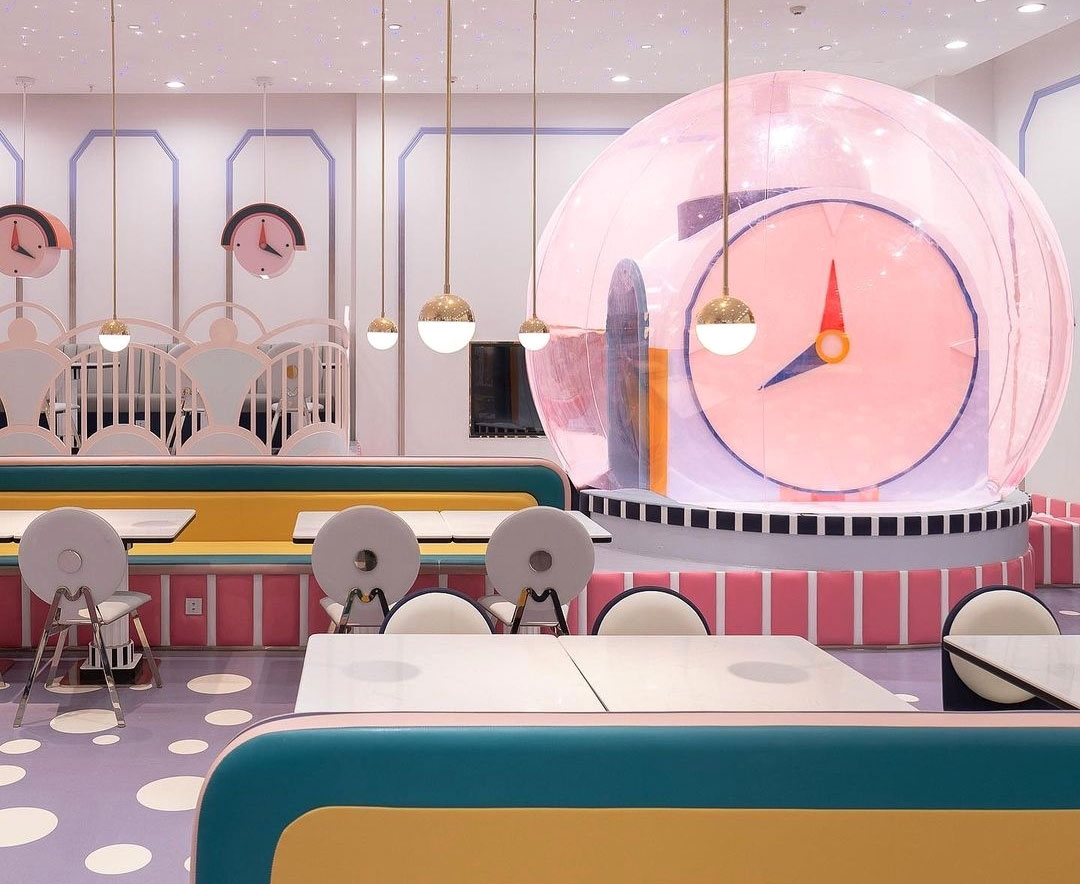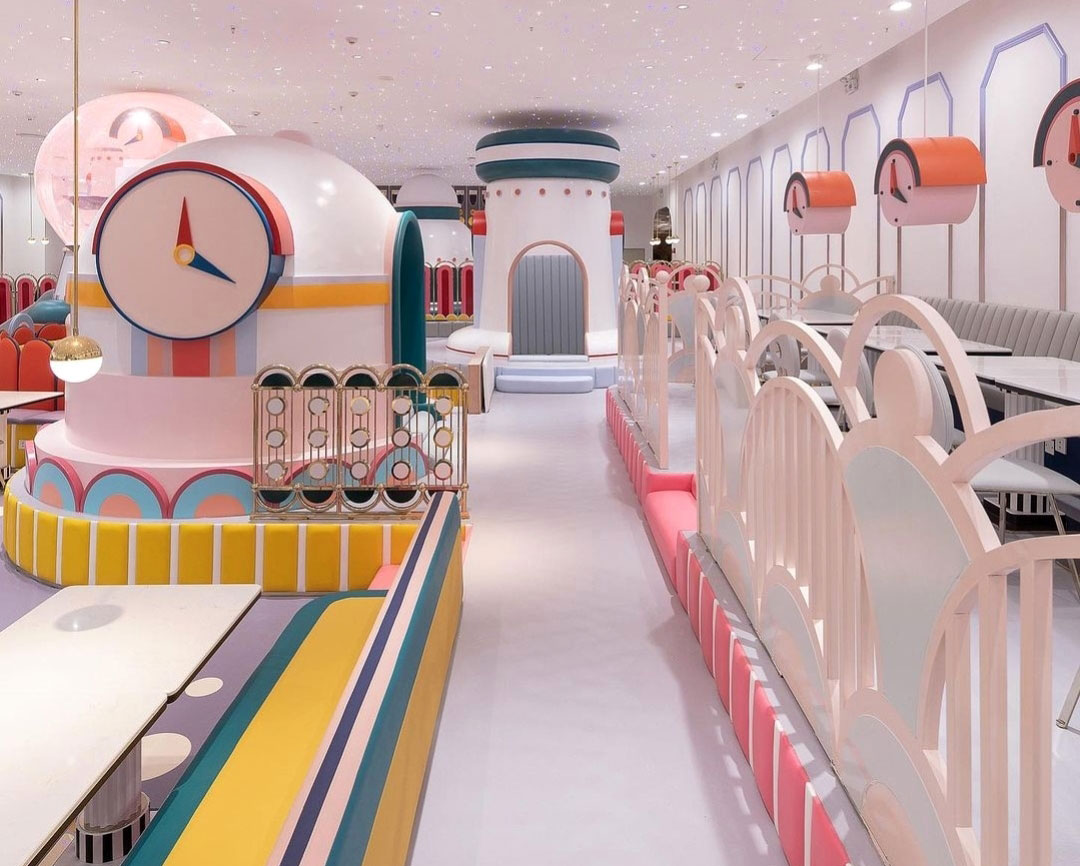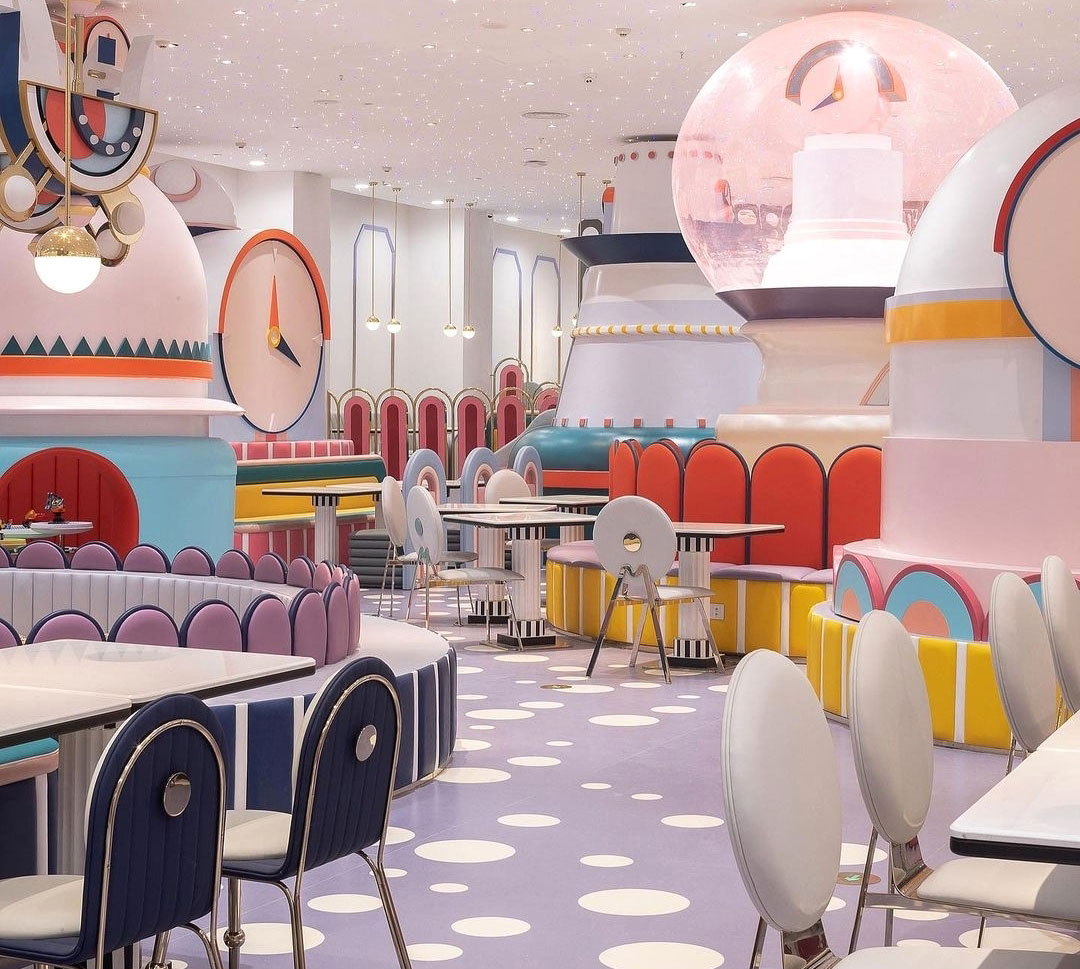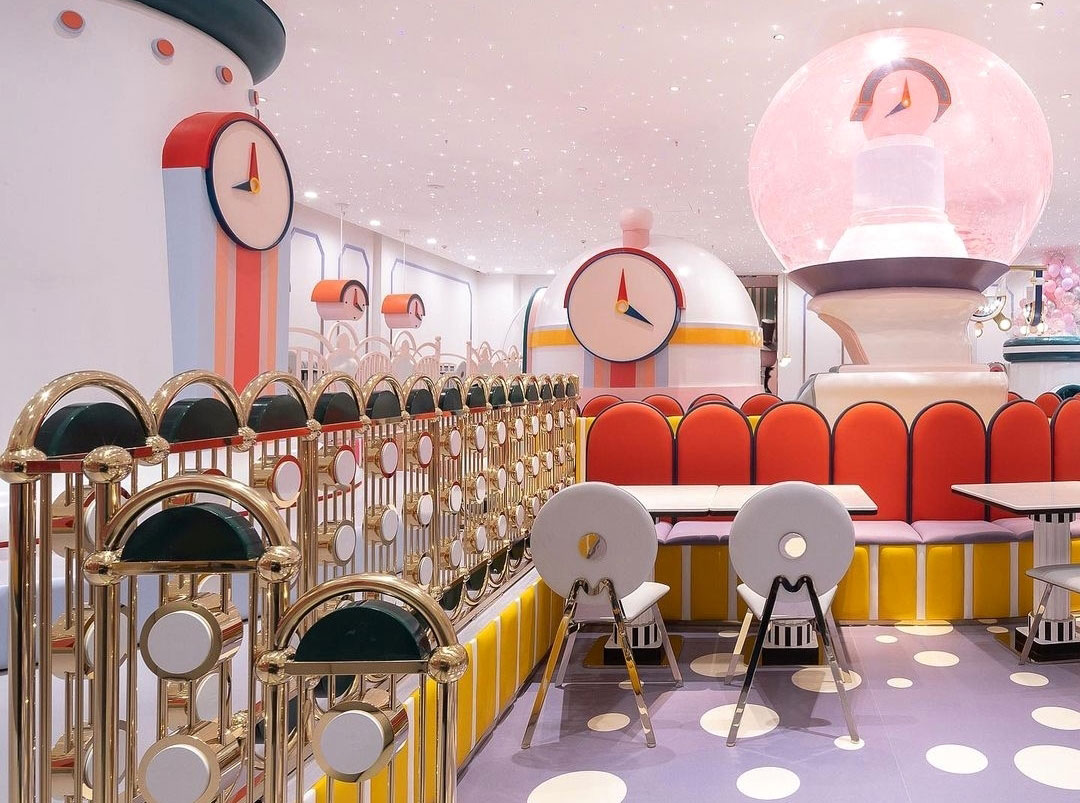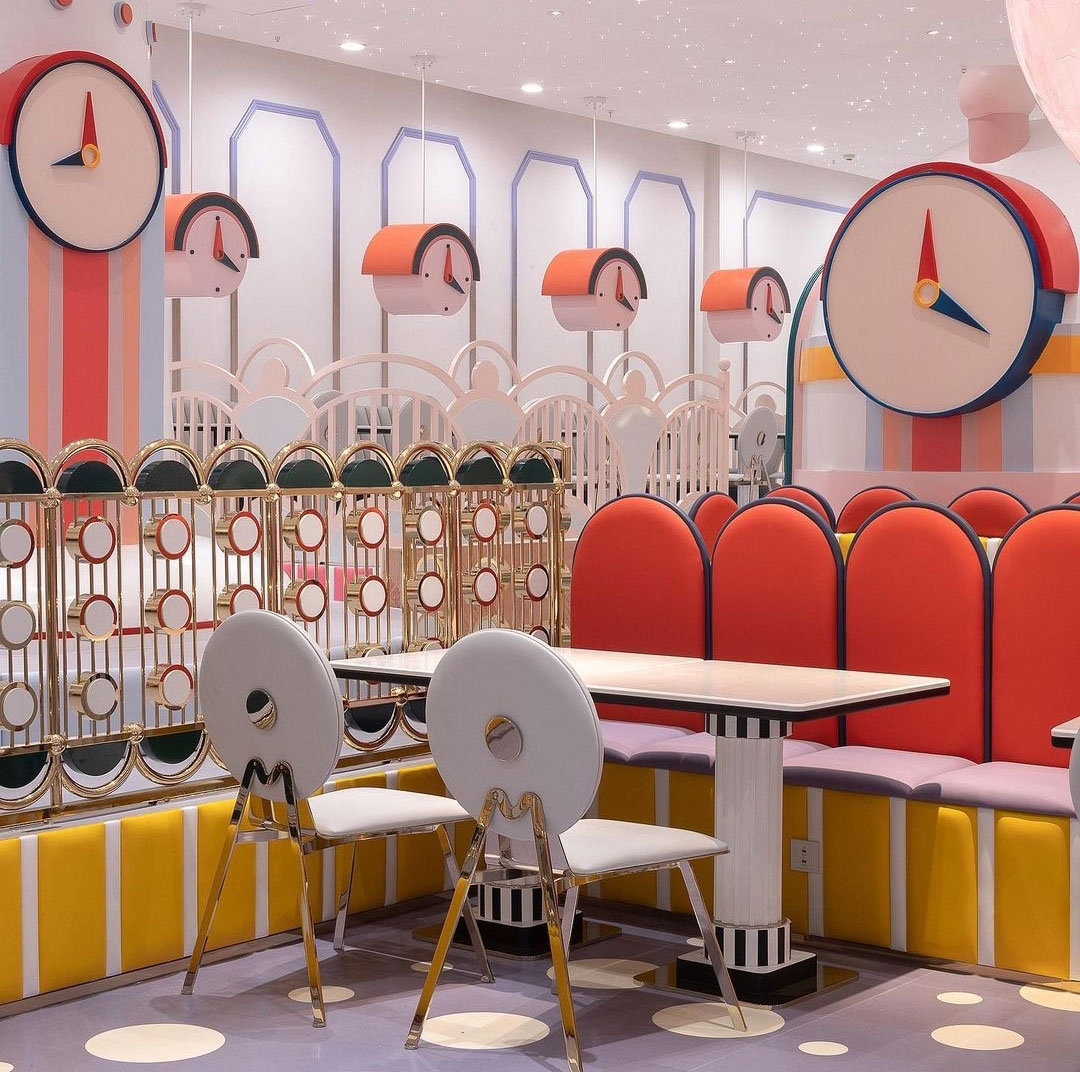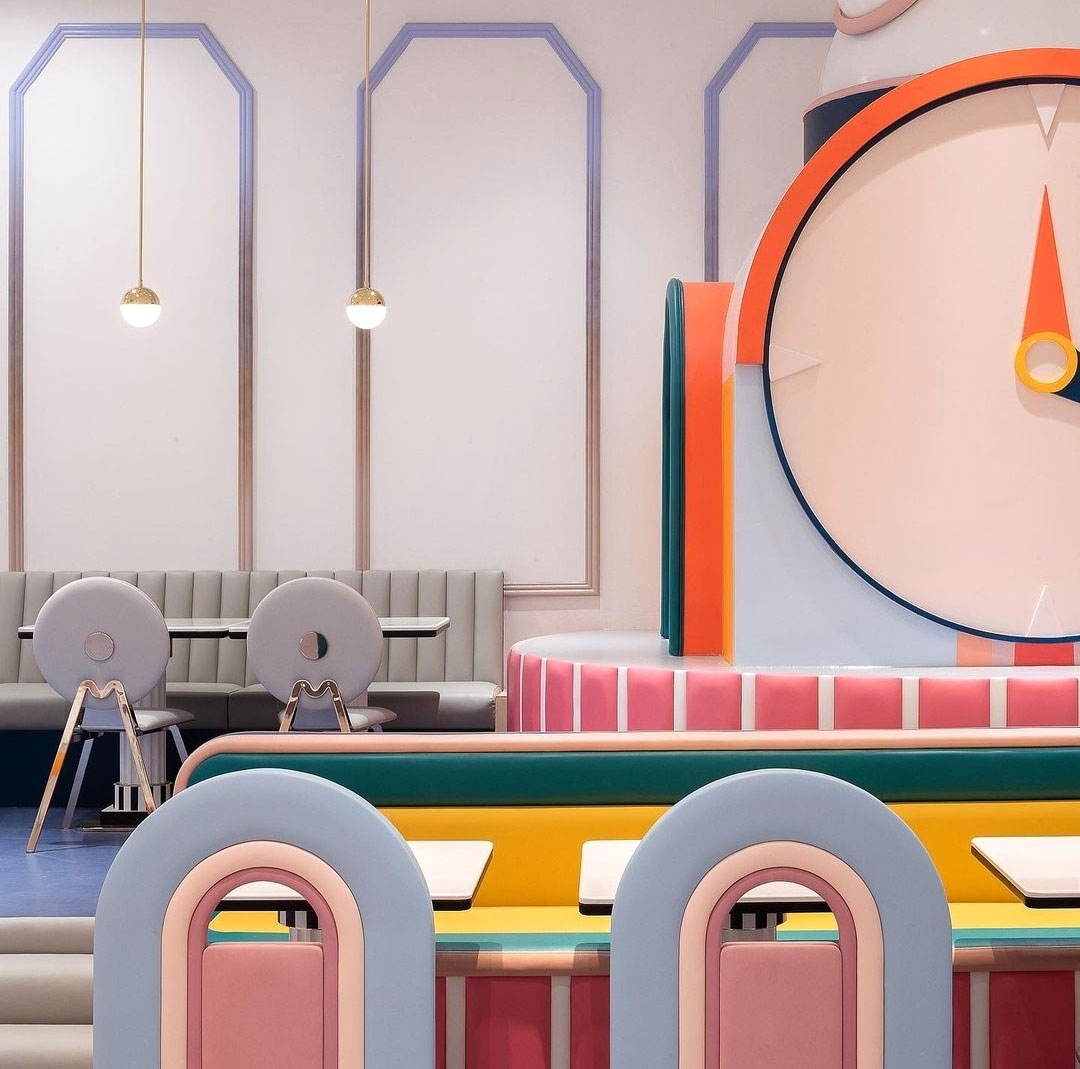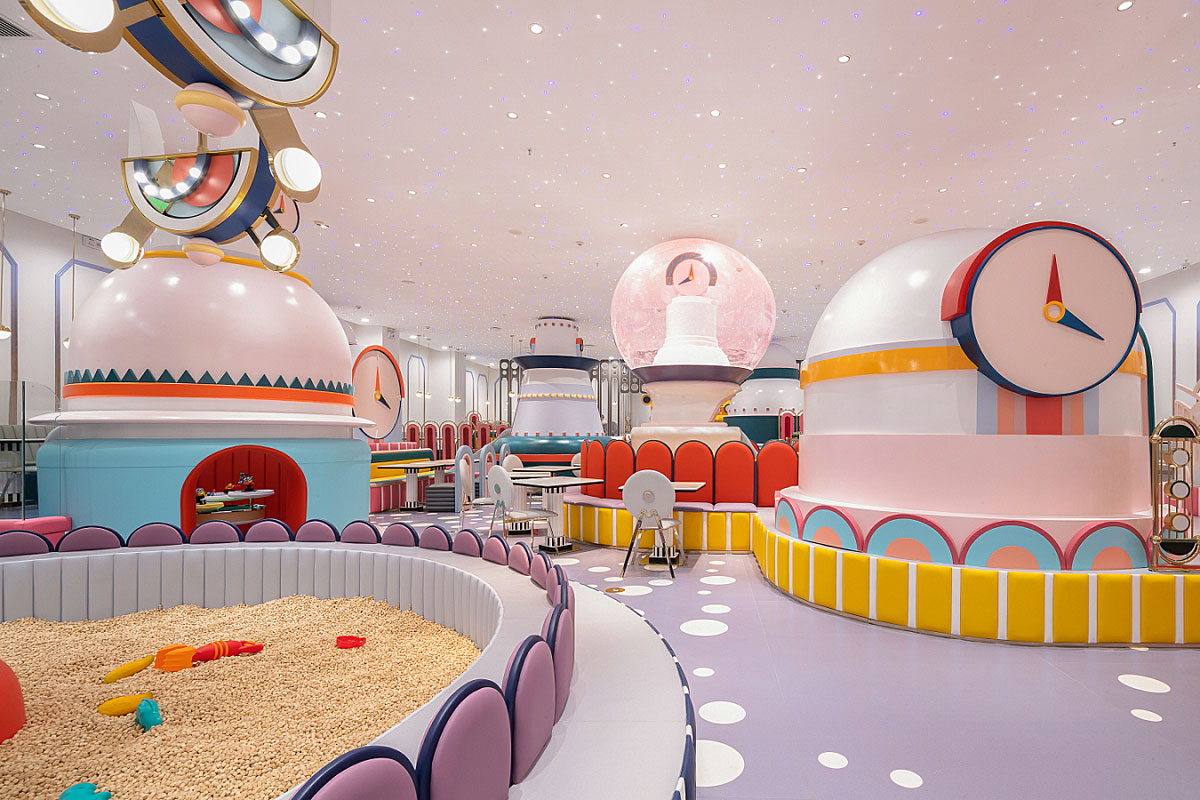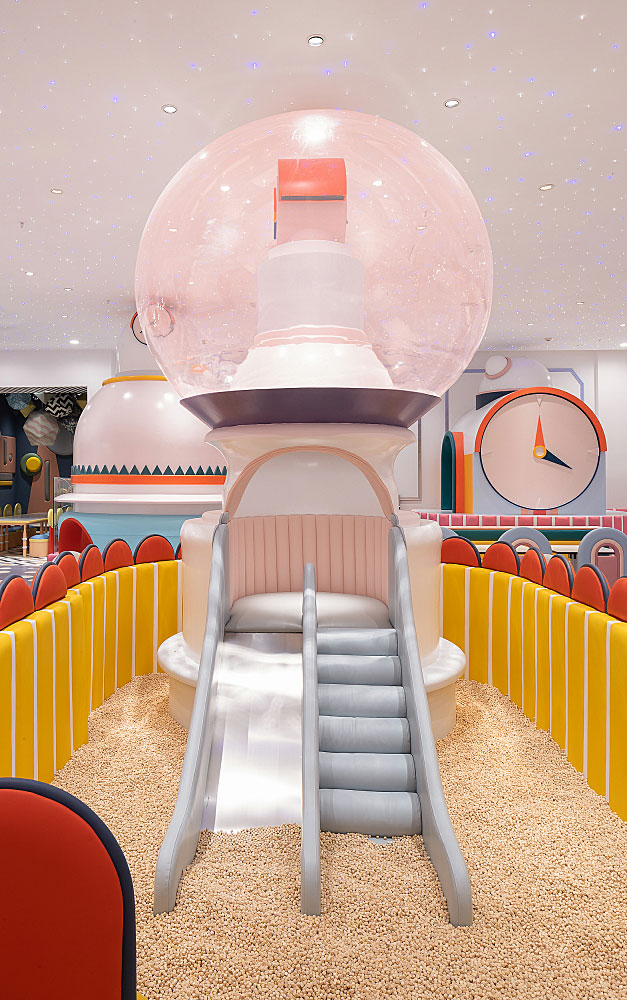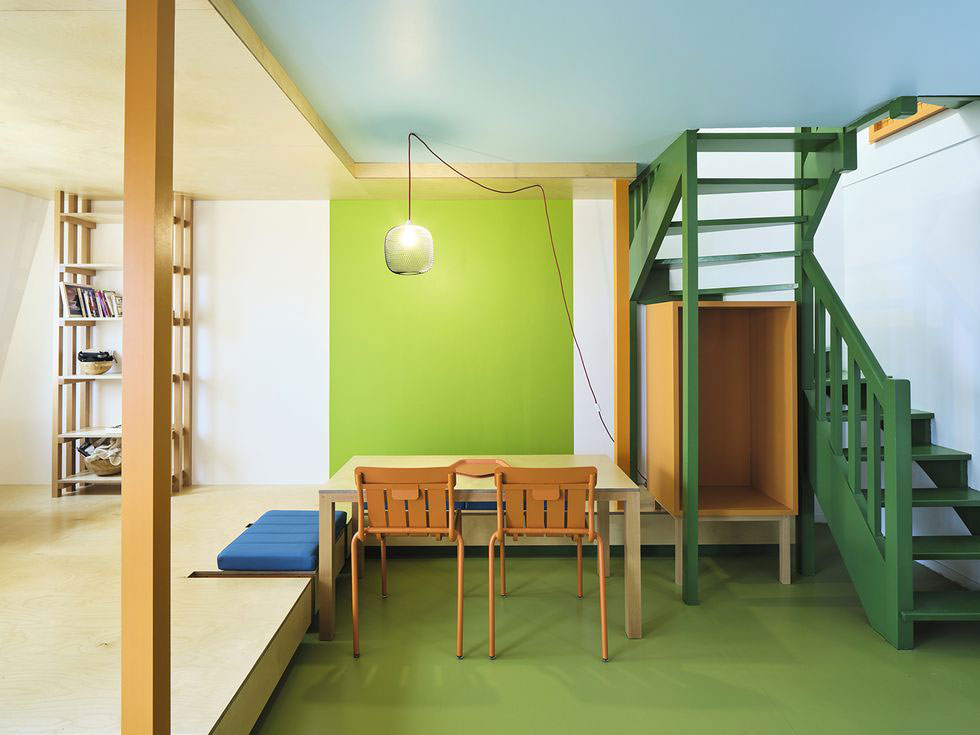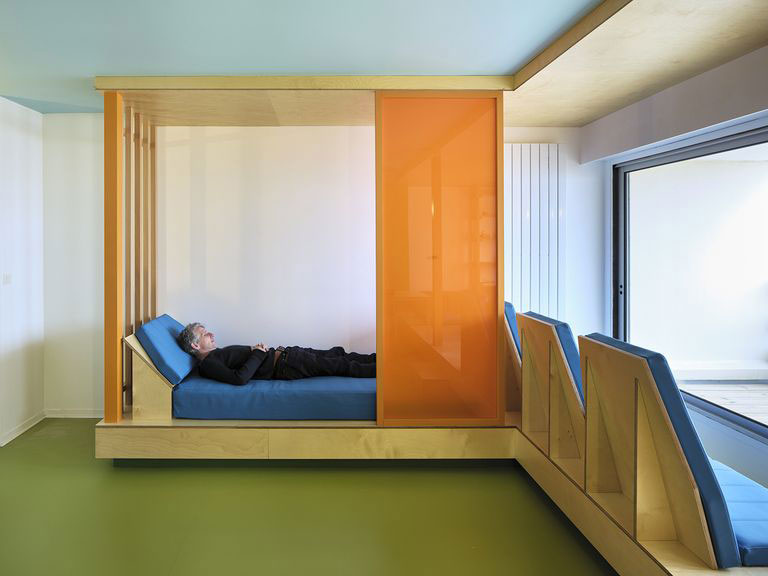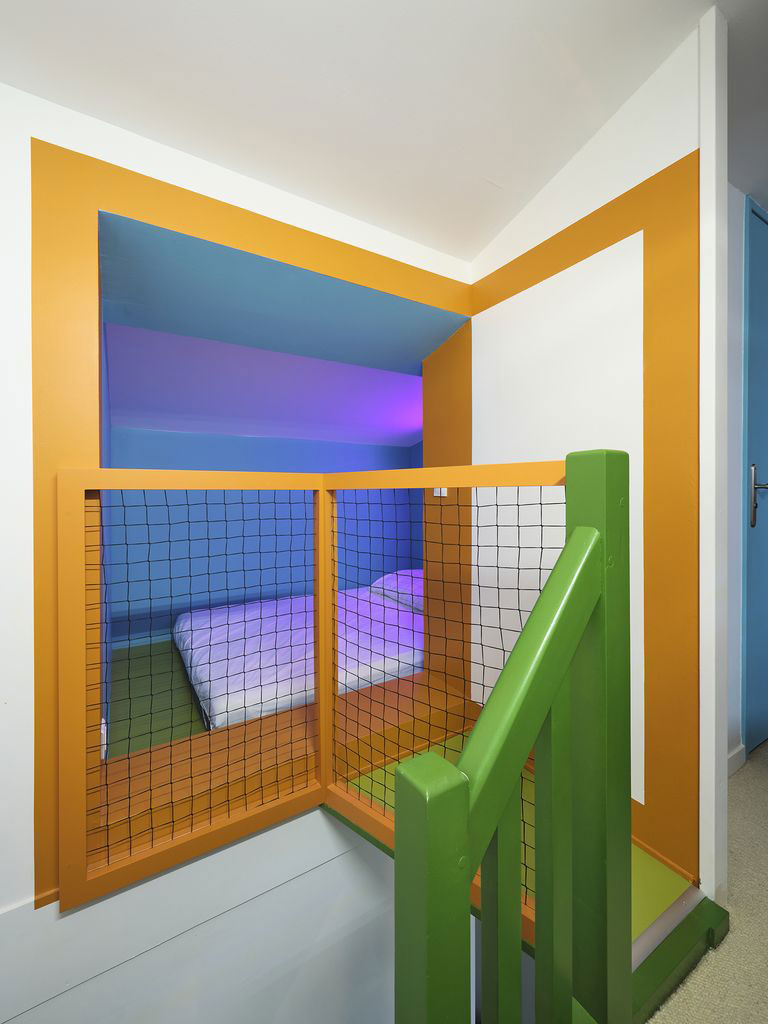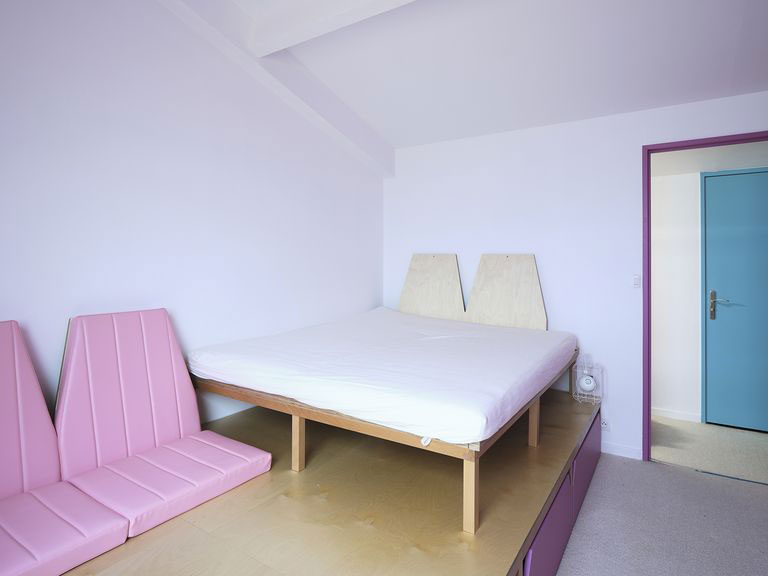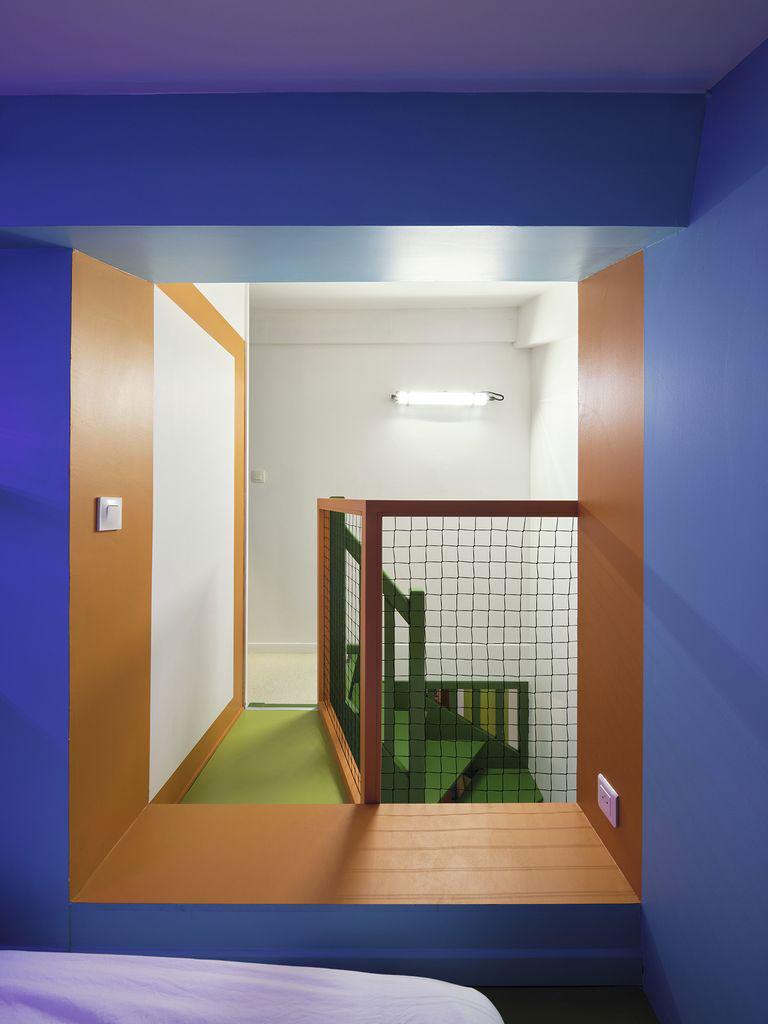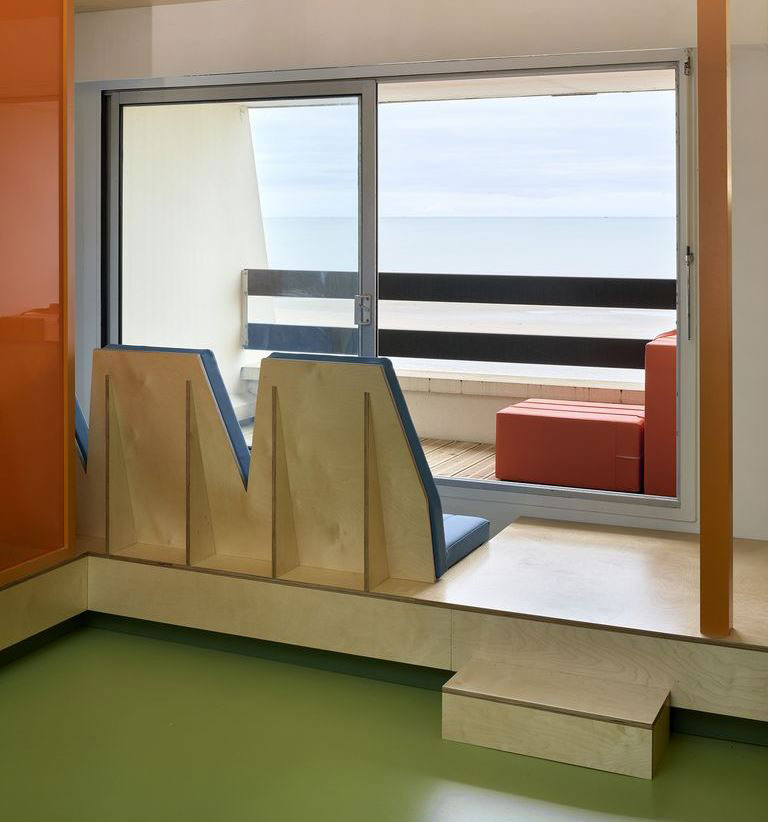IL CAFFÈ DISTOPICO
INTERIOR | HARRY NURIEV
Crosby Studios presenta Café 2046, un locale dal sapore cyberpunk aperto di recente a Mosca.
Acciaio, cemento, pannelli LED e superfici verde neon compongono la tavolozza inaspettata per l’ultimo progetto dell’artista e architetto Harry Nuriev, attivo a New York e a Mosca. Prende il nome dal film di fantascienza di Wong Kar-Wai del 2004, intitolato appunto “2046”. Lo spazio è una “combinazione di realtà e realtà virtuale” e offre caffè e prodotti da forno in un ambiente allettante ma distopico.
Nuriev, noto per la sua etica del design all’avanguardia, è stato nominato un’autorità globale nel minimalismo e lodato per la sua capacità di creare spazi accattivanti per l’era di Instagram. Il designer utilizza spesso colori audaci nelle sue opere monocromatiche, ma il verde neon, “un colore che si vede raramente negli interni”, ha offerto una sfida unica che intende spingere l’esperienza visiva in un’estesa varietà di luoghi.
Distopic coffee – Crosby Studios presents Café 2046, a recently opened space with a cyberpunk flavor in Moscow.
Steel, concrete, LED panels and neon green surfaces make up the unexpected palette for the latest project by the artist and architect Harry Nuriev, active in New York and Moscow. It takes its name from the 2004 science fiction film by Wong Kar-Wai, entitled “2046”. The space is a “combination of reality and virtual reality” and offers coffee and baked goods in a tempting but dystopian setting.
Nuriev, known for his cutting-edge design ethic, has been named a global authority in minimalism and praised for his ability to create eye-catching spaces for the Instagram era. The designer often uses bold colors in his monochromatic works, but neon green, “a color that is rarely seen in interiors”, offered a unique challenge that intends to push the visual experience into a wide variety of places.

